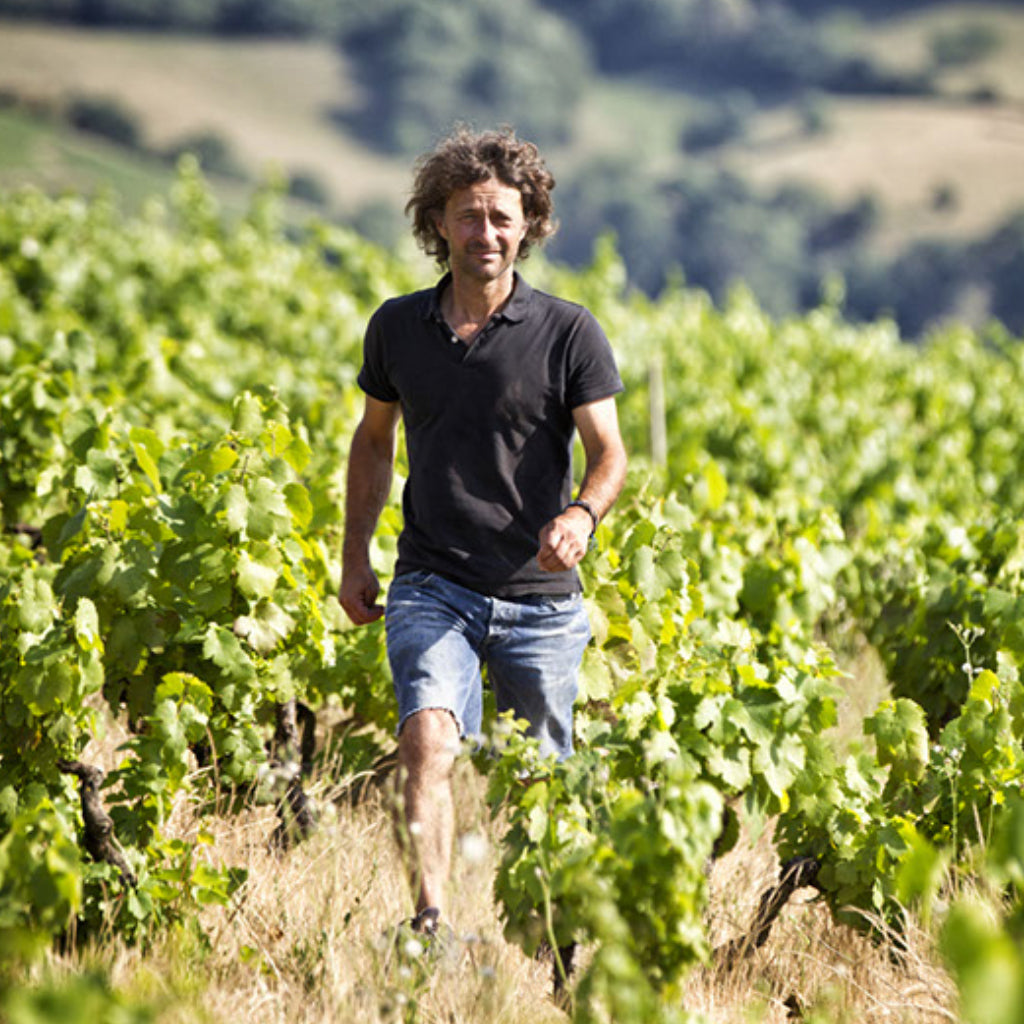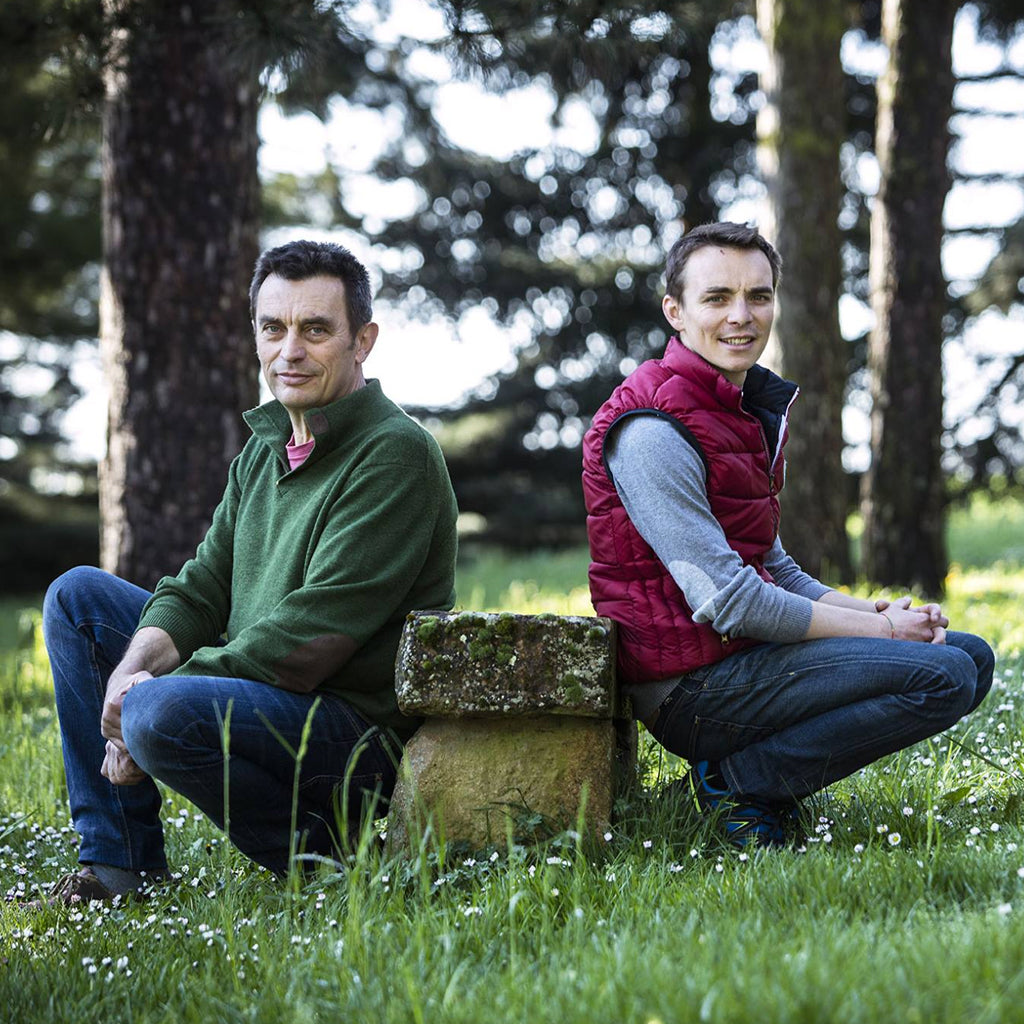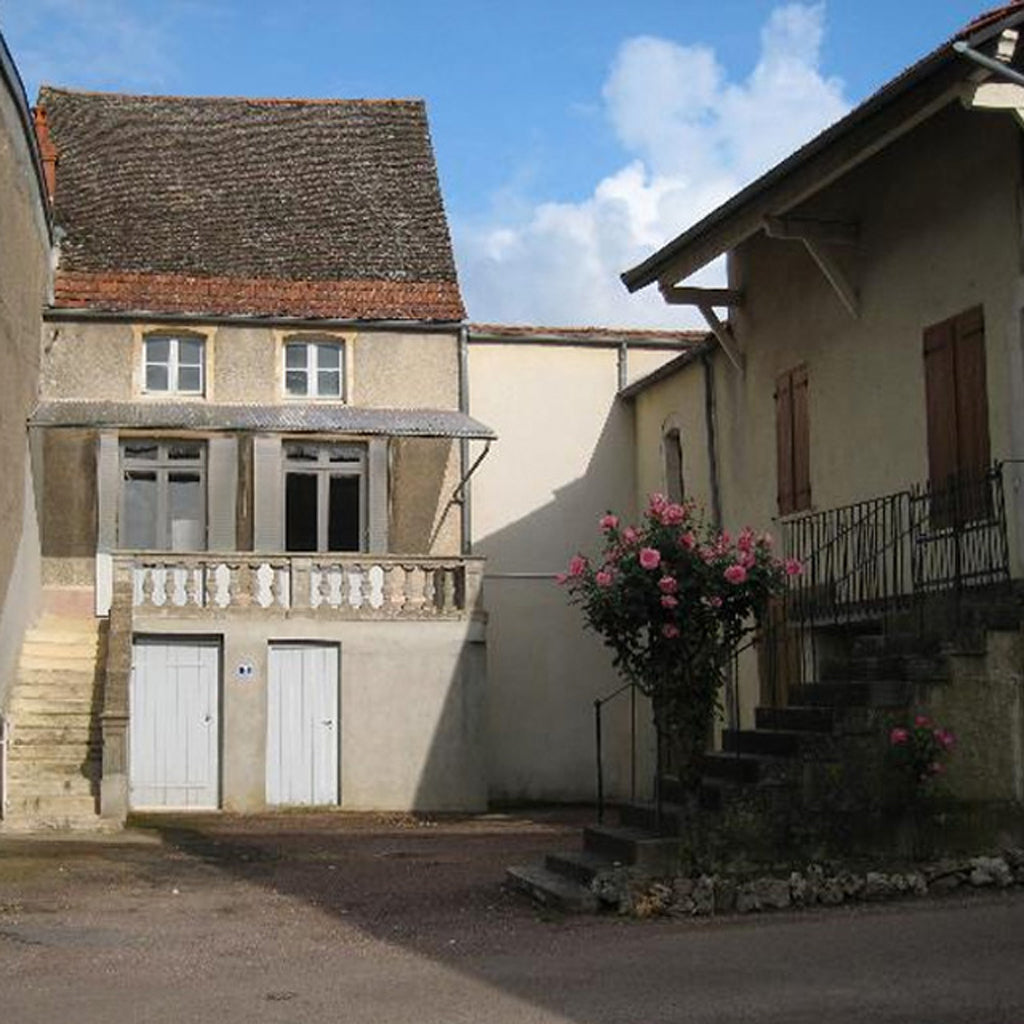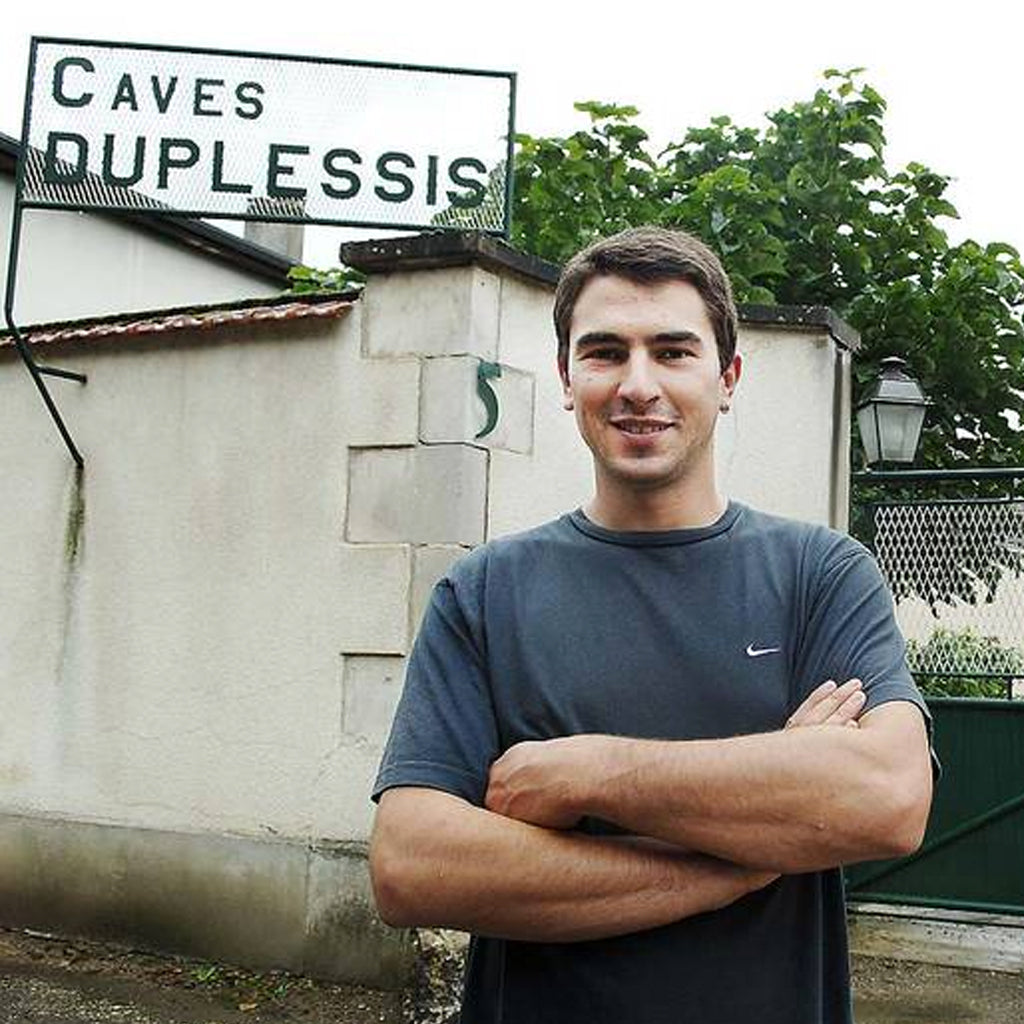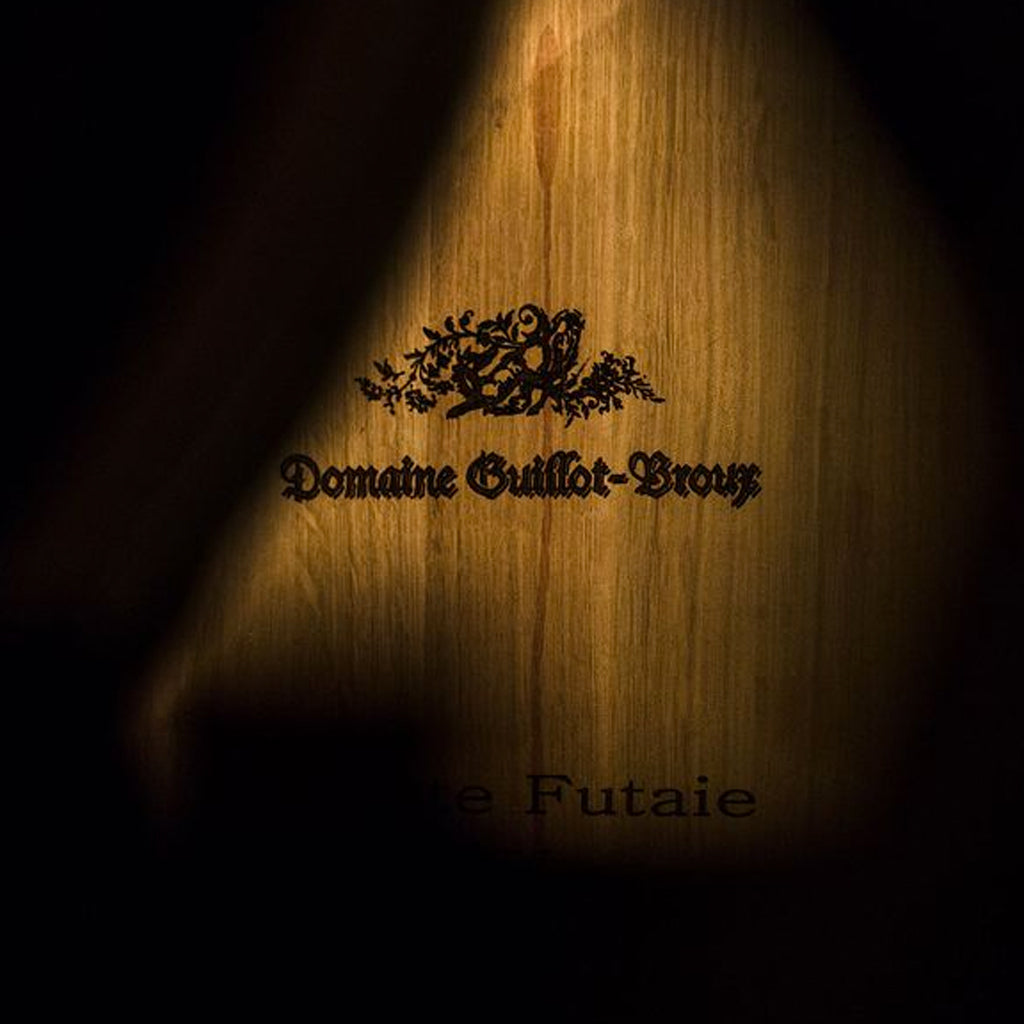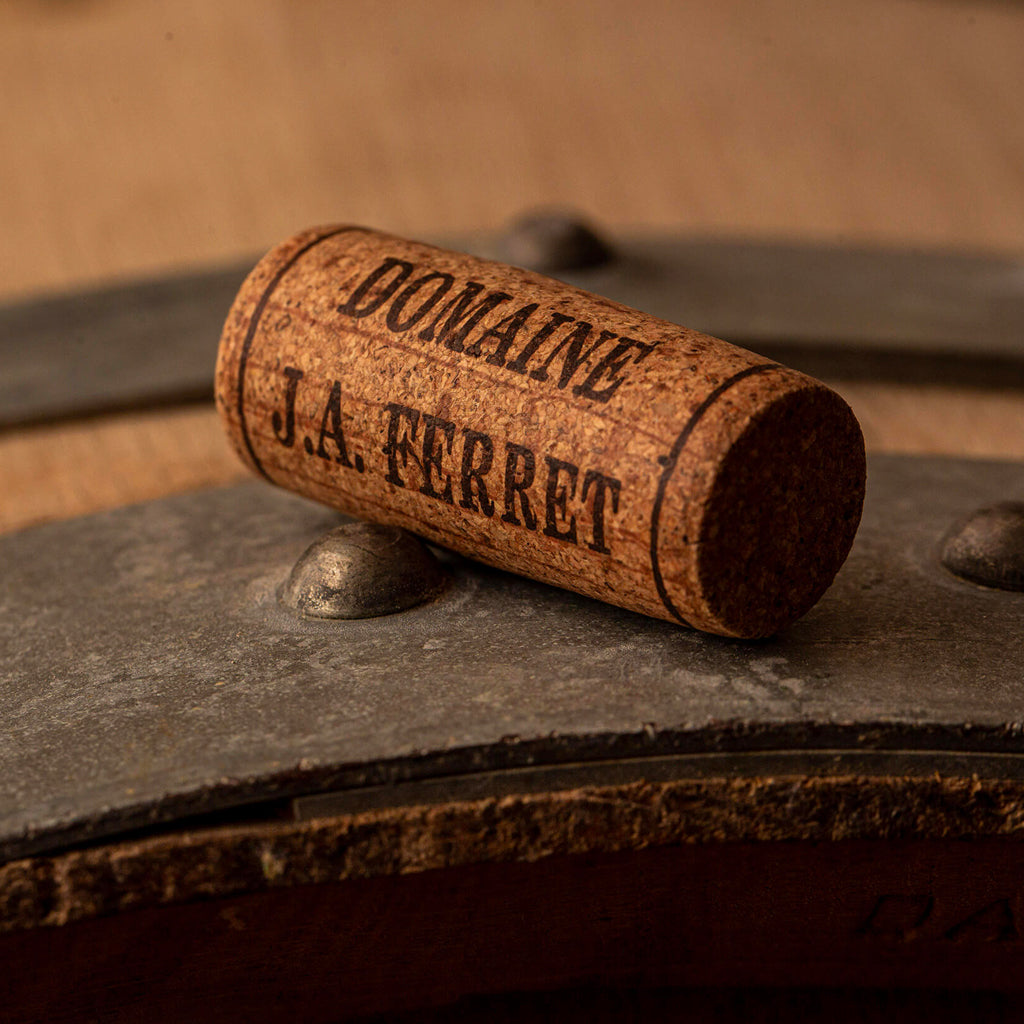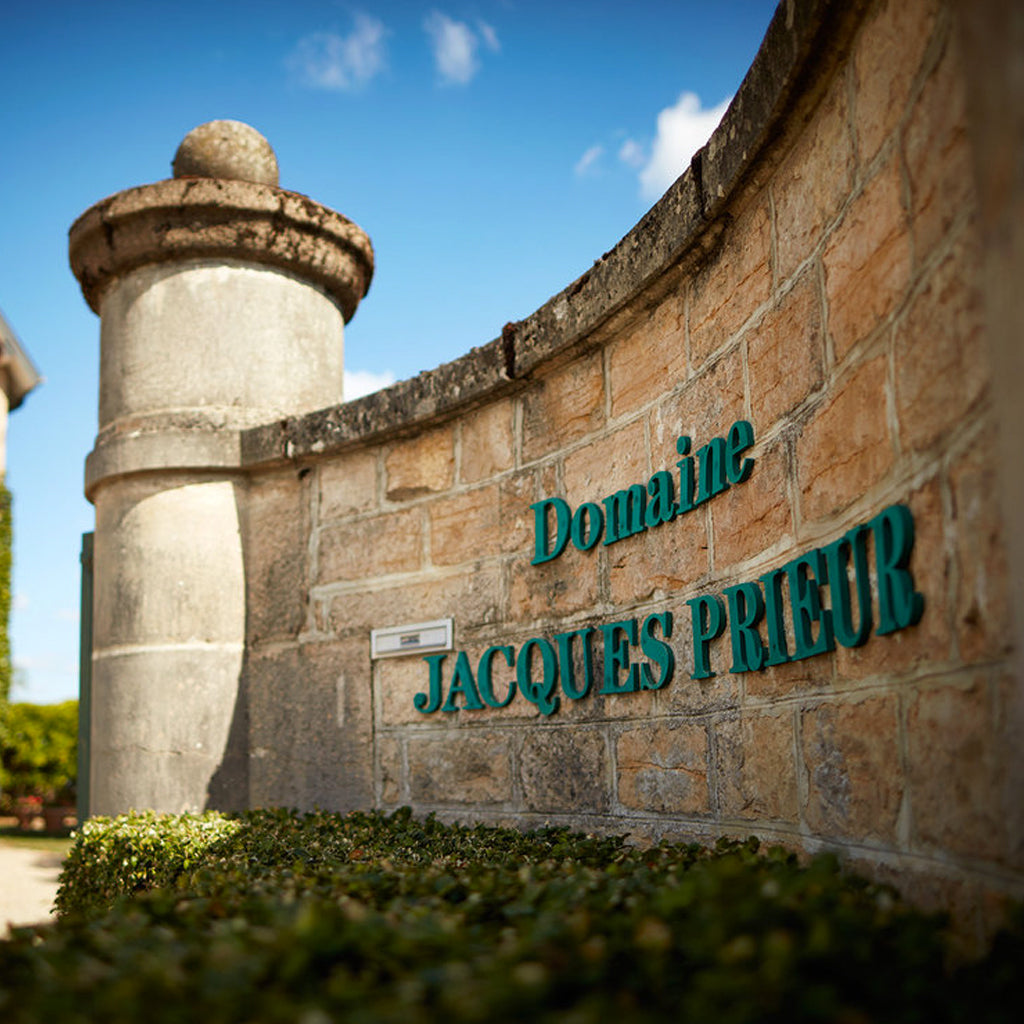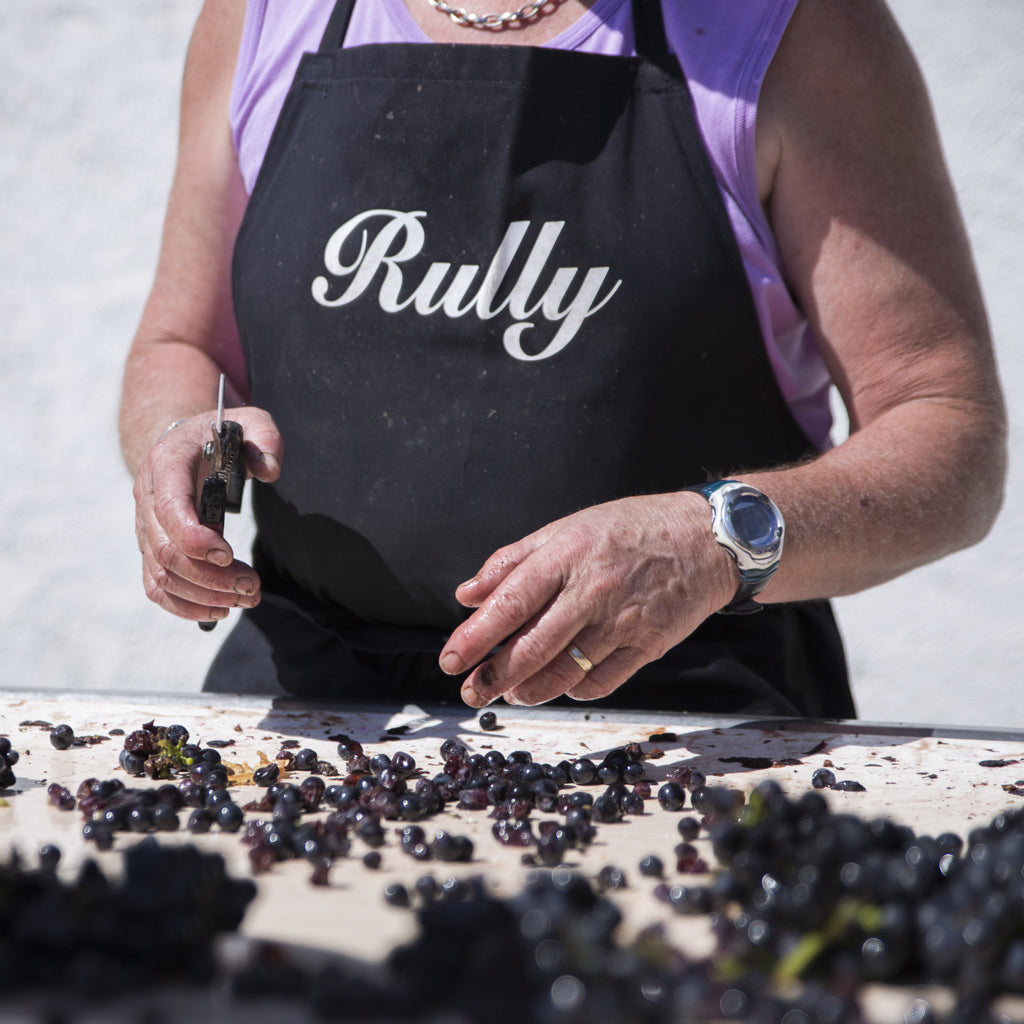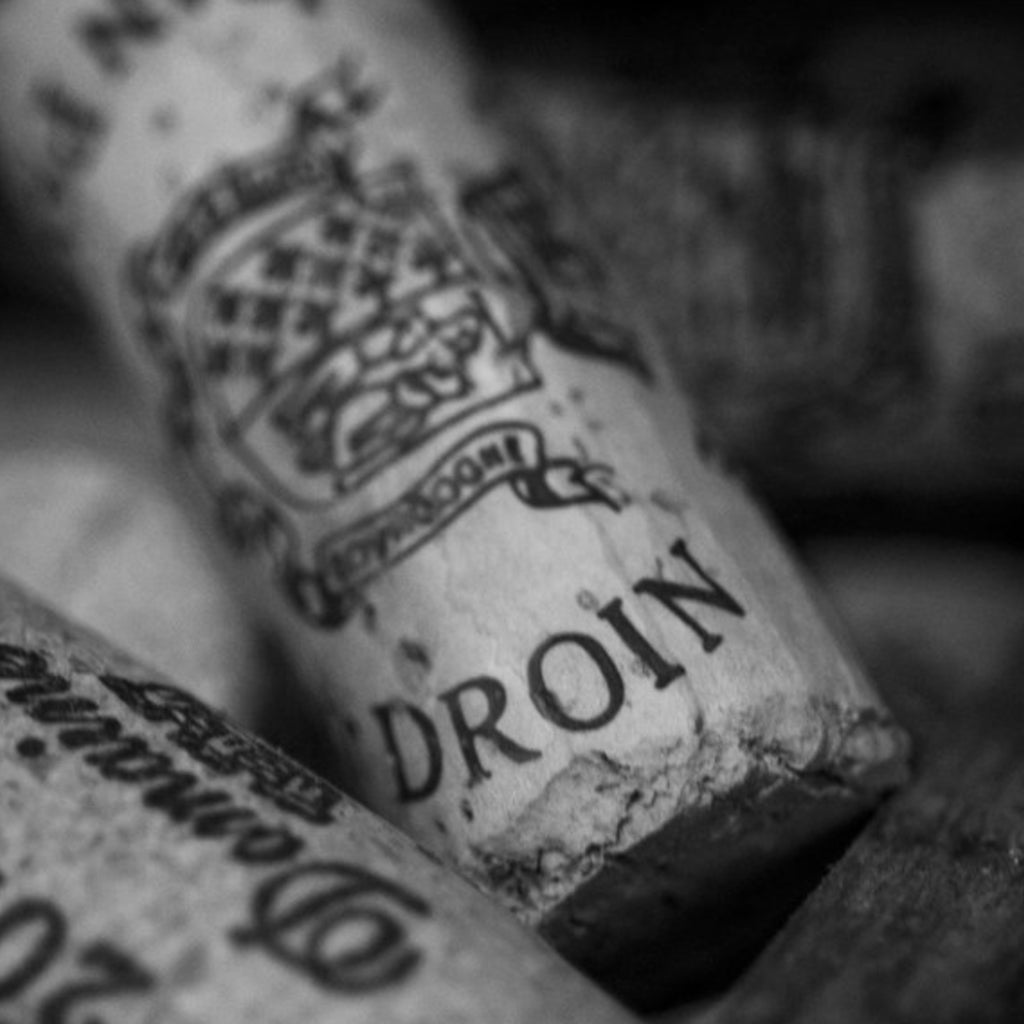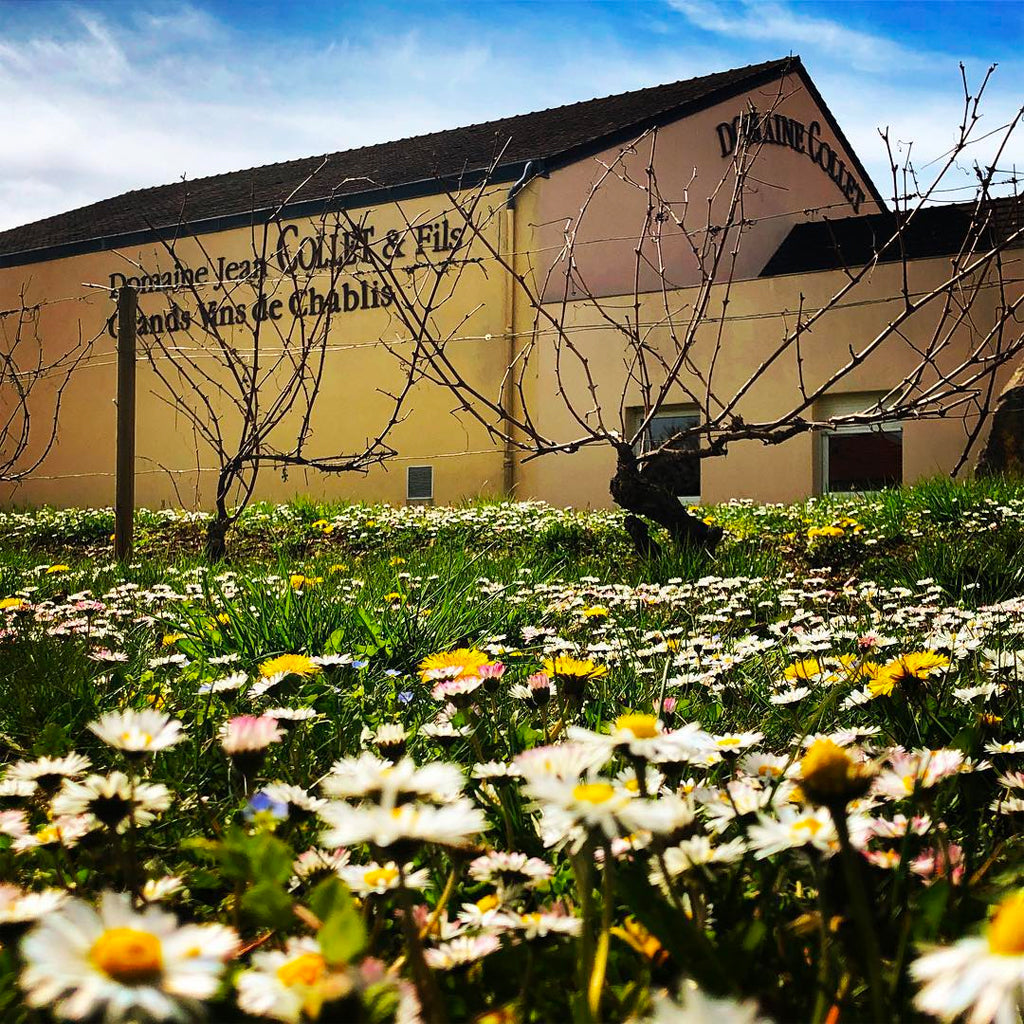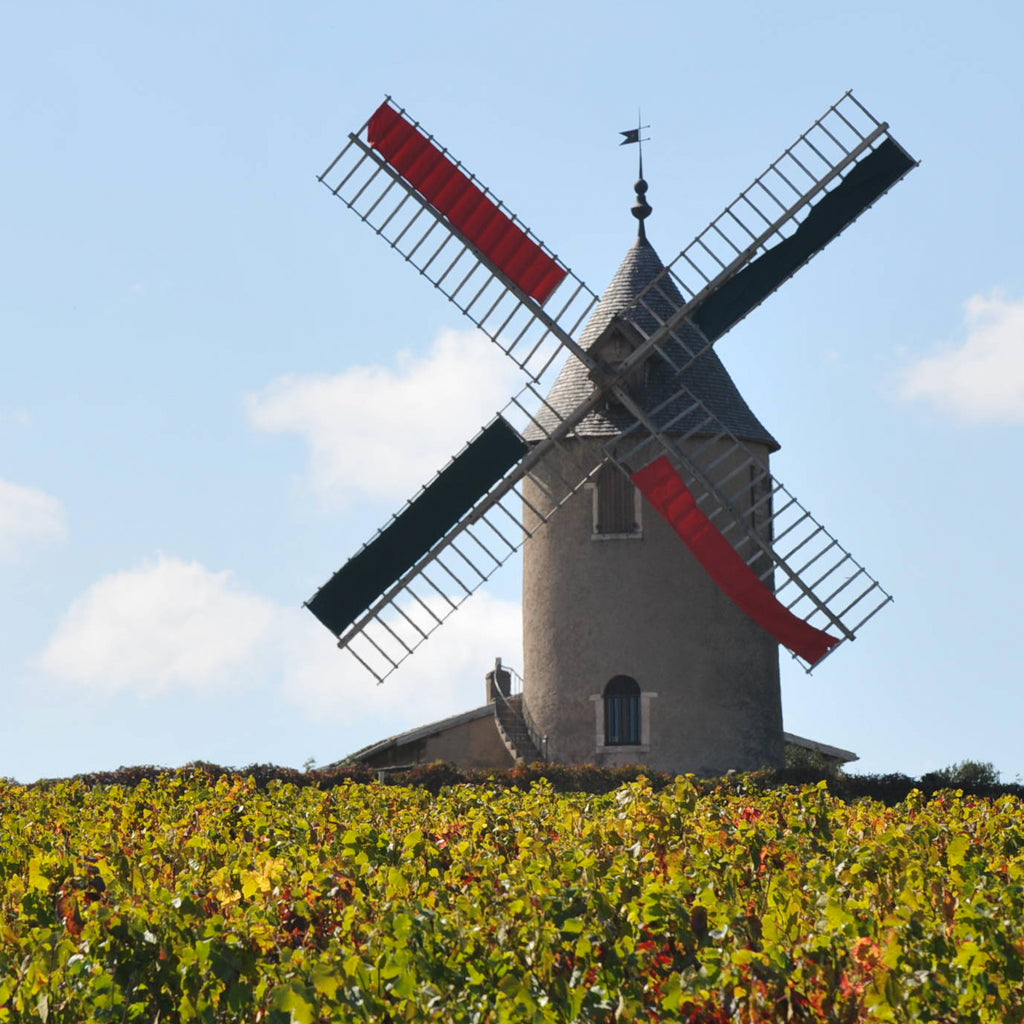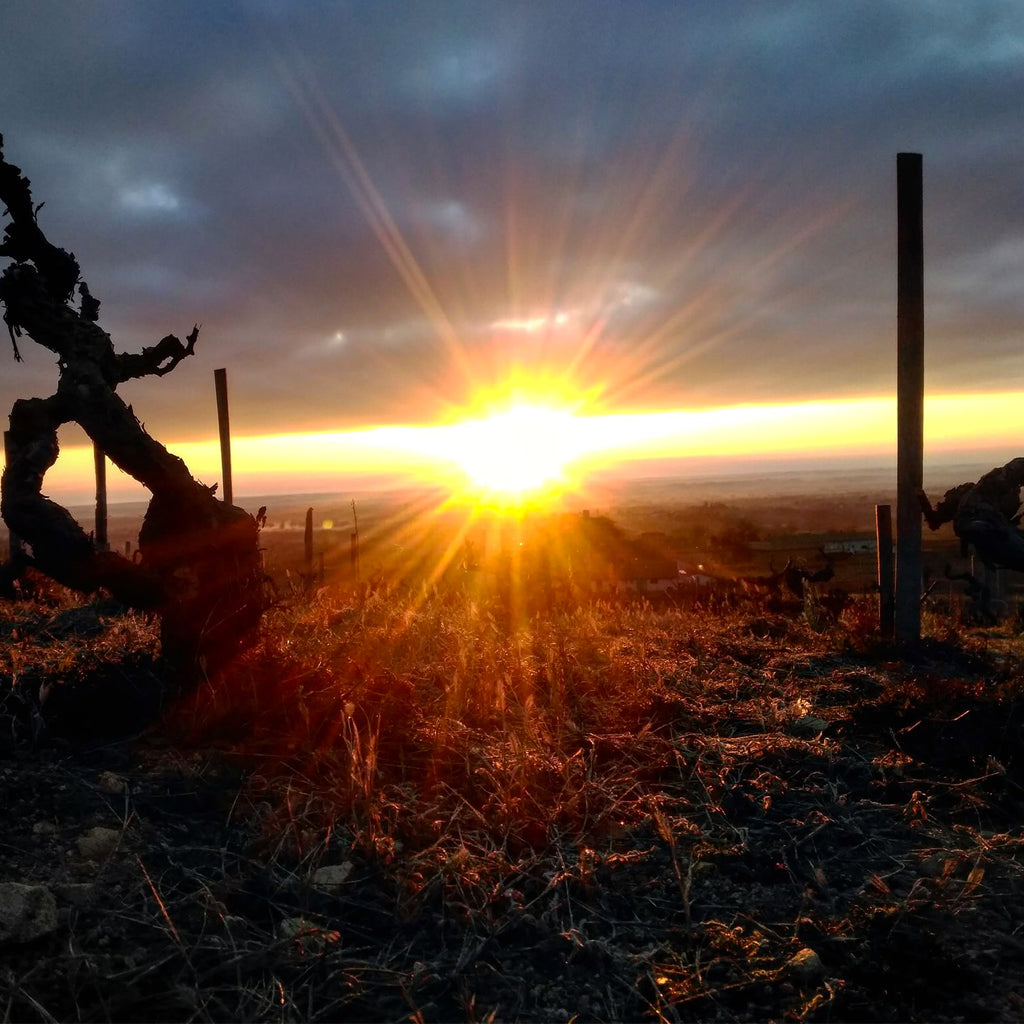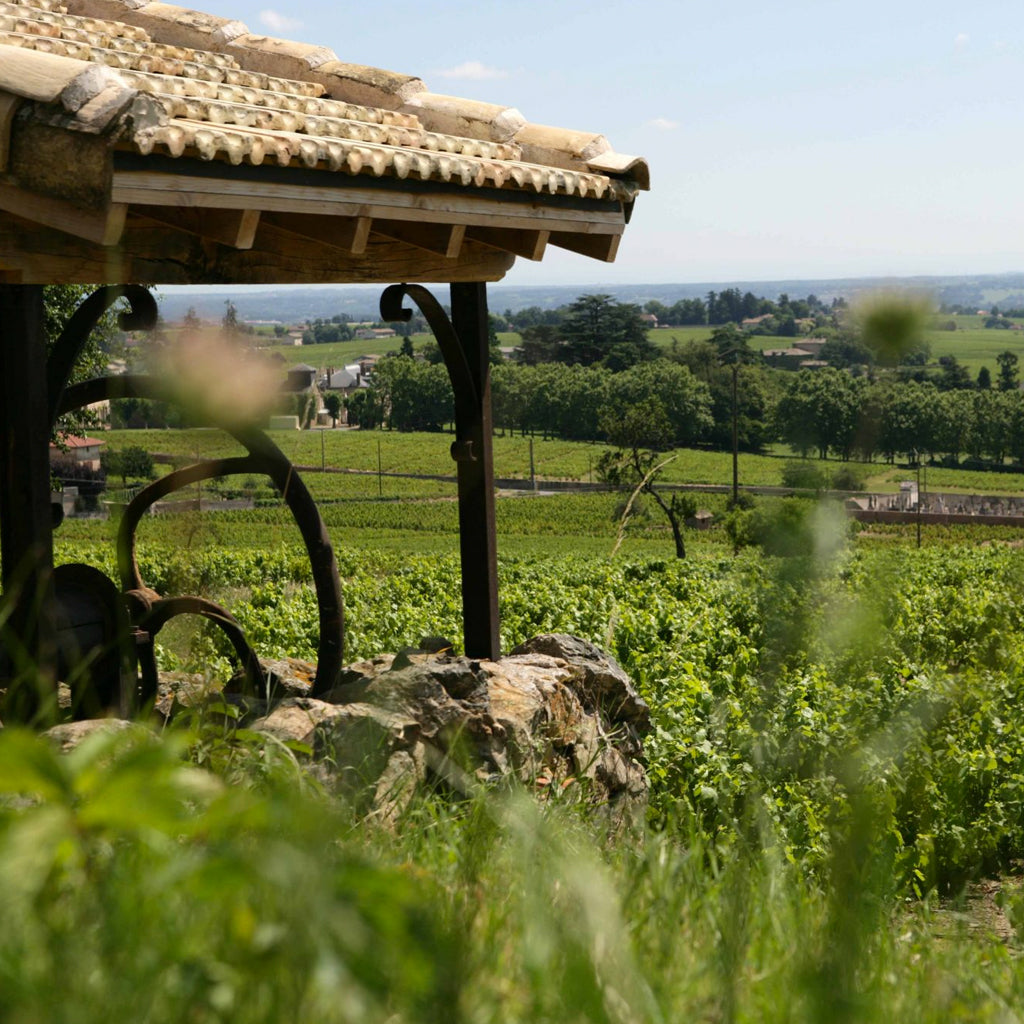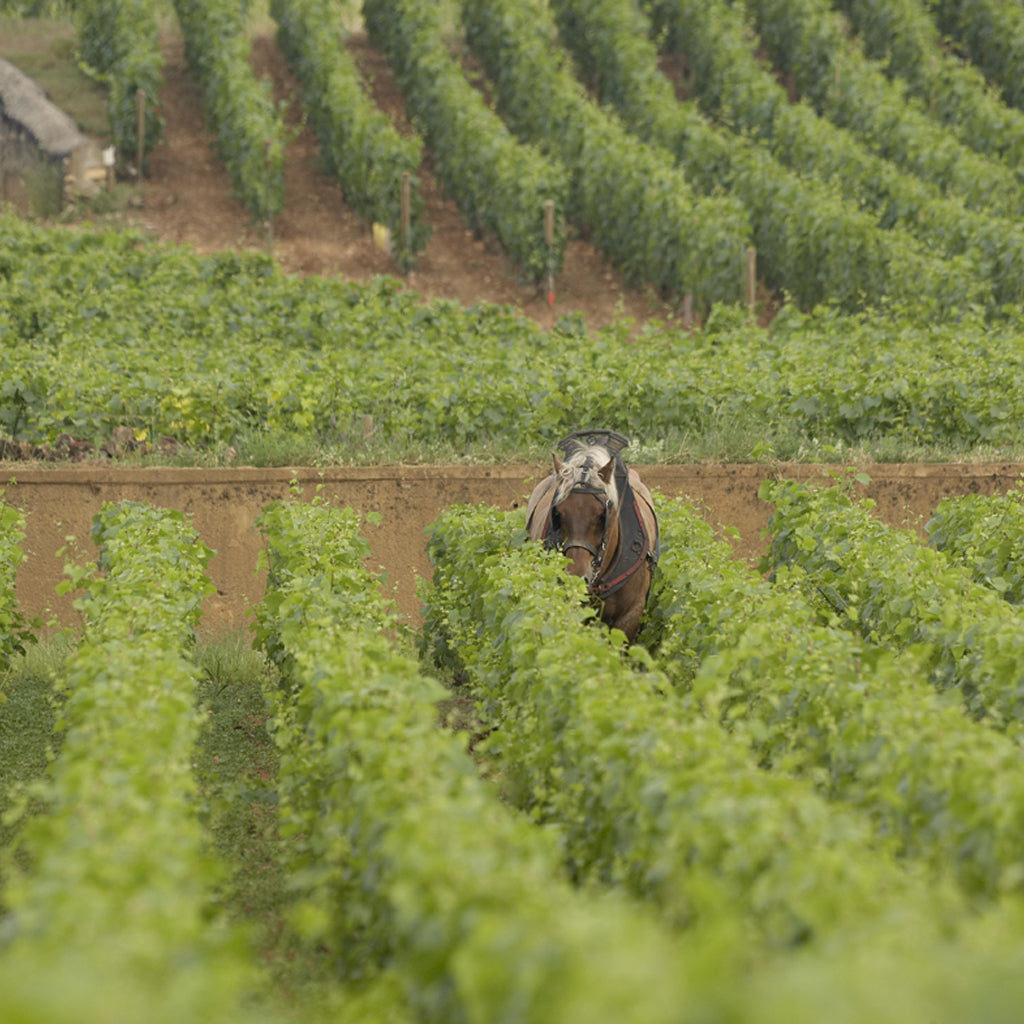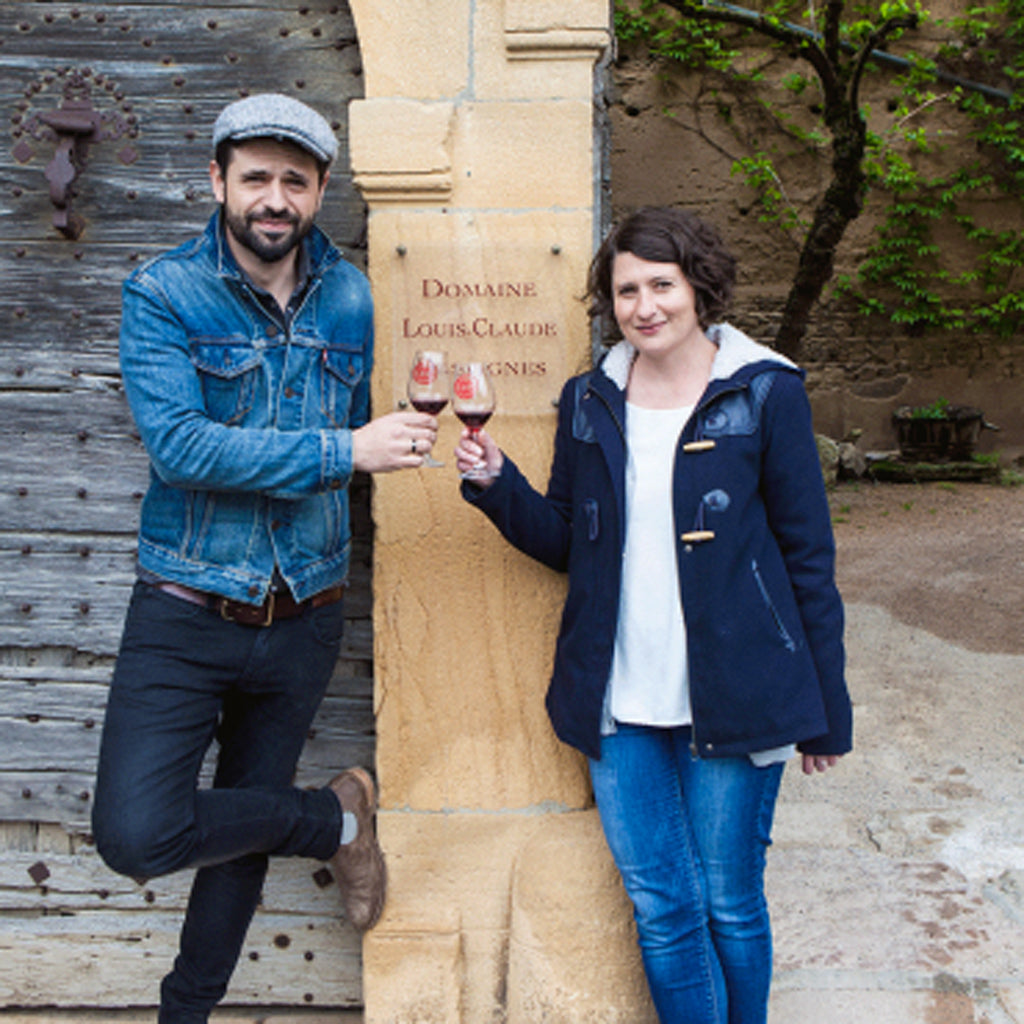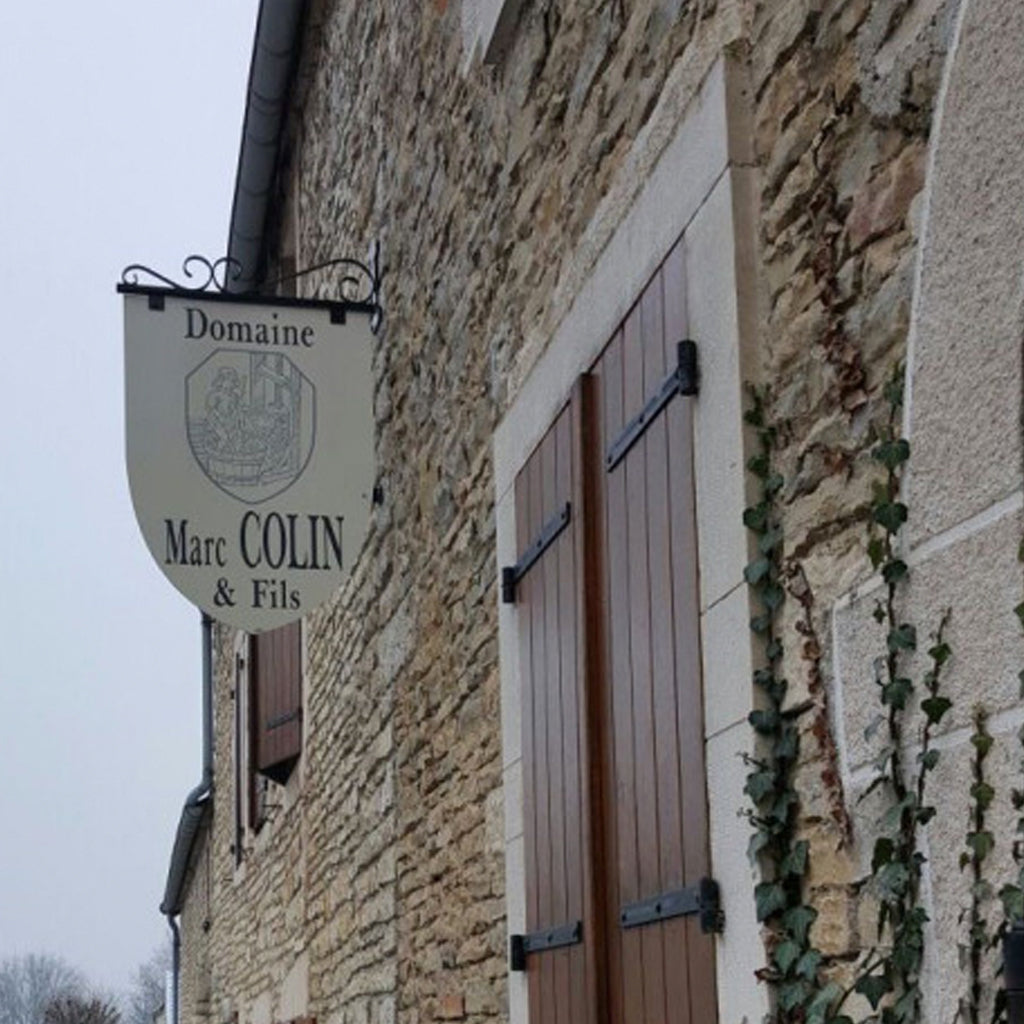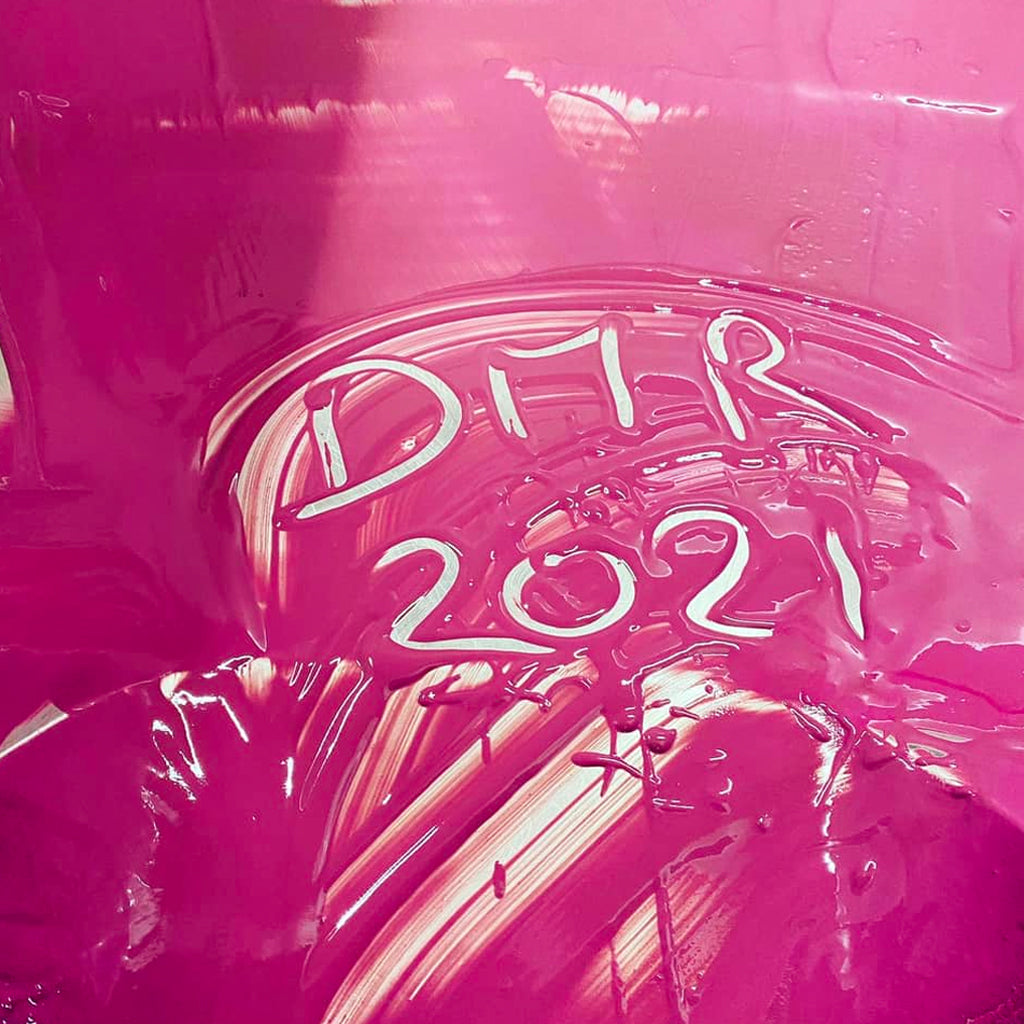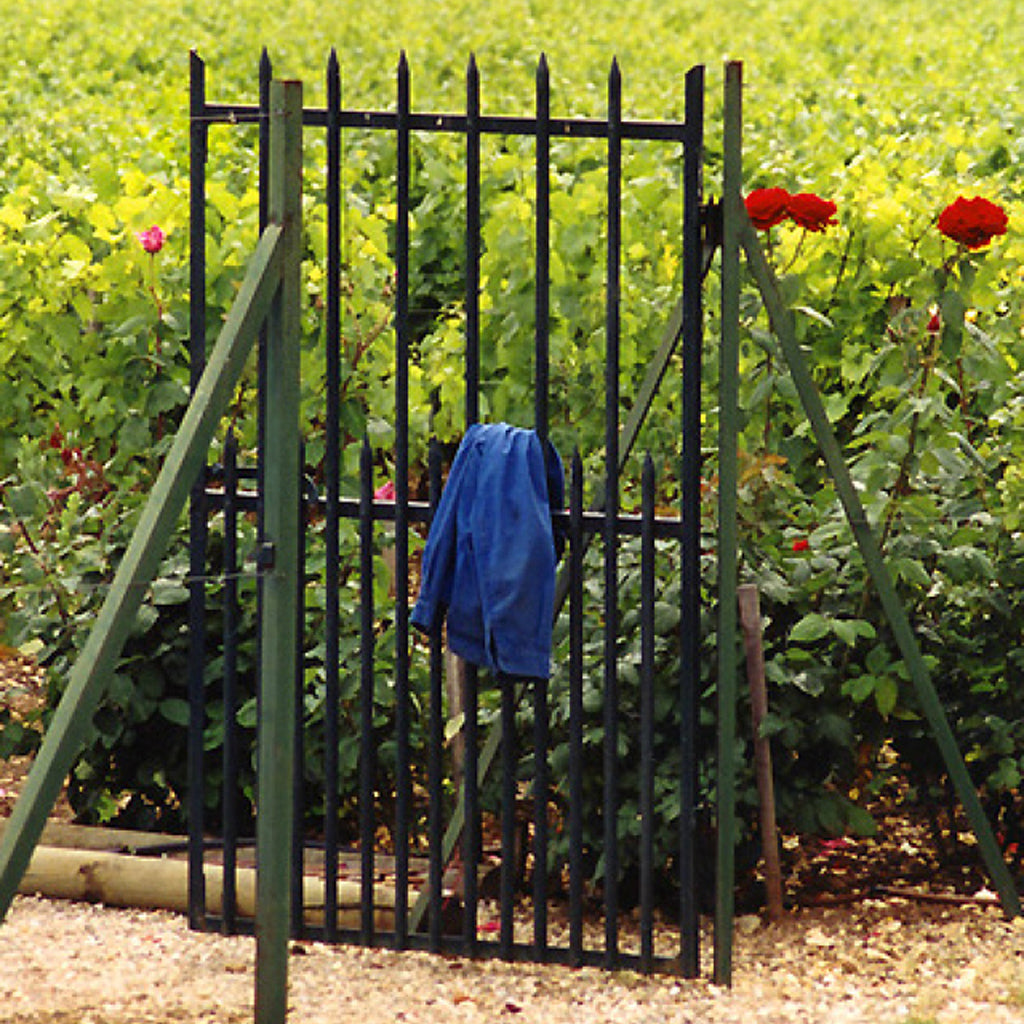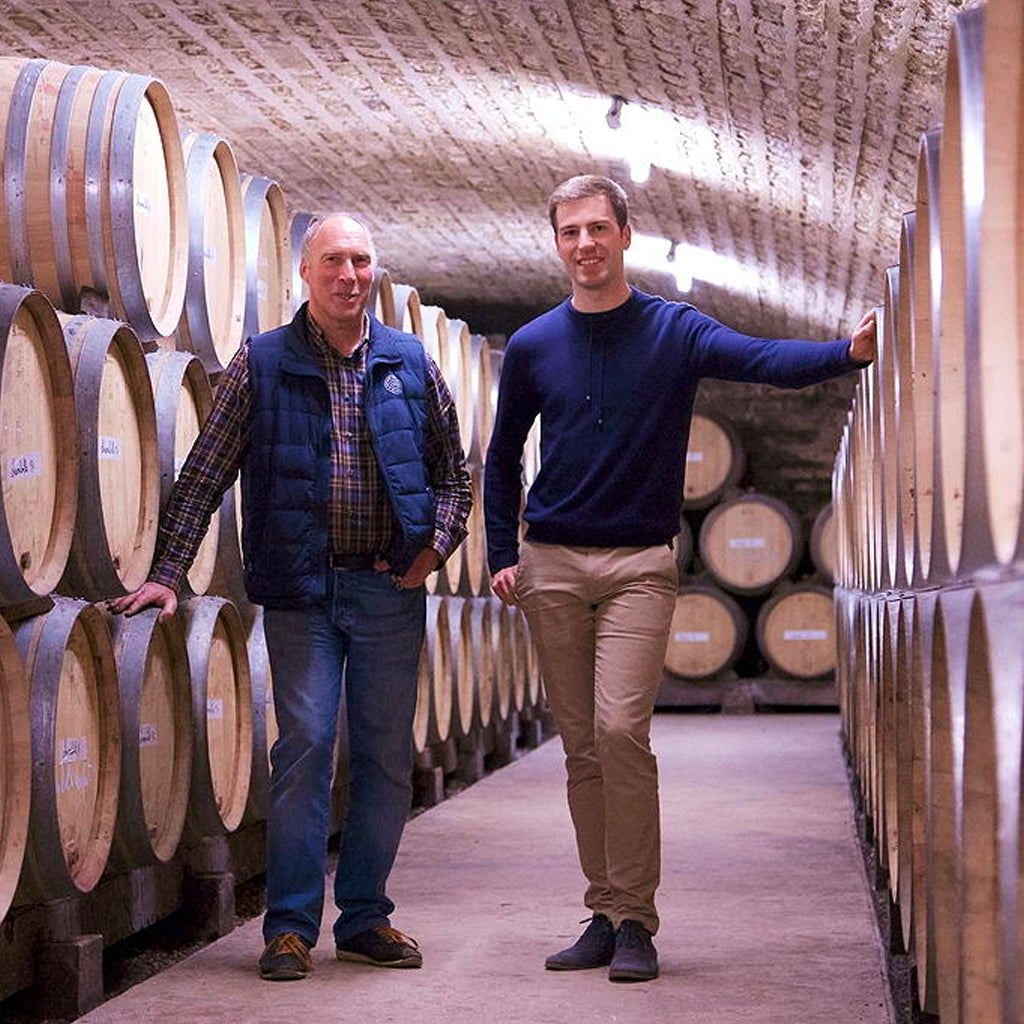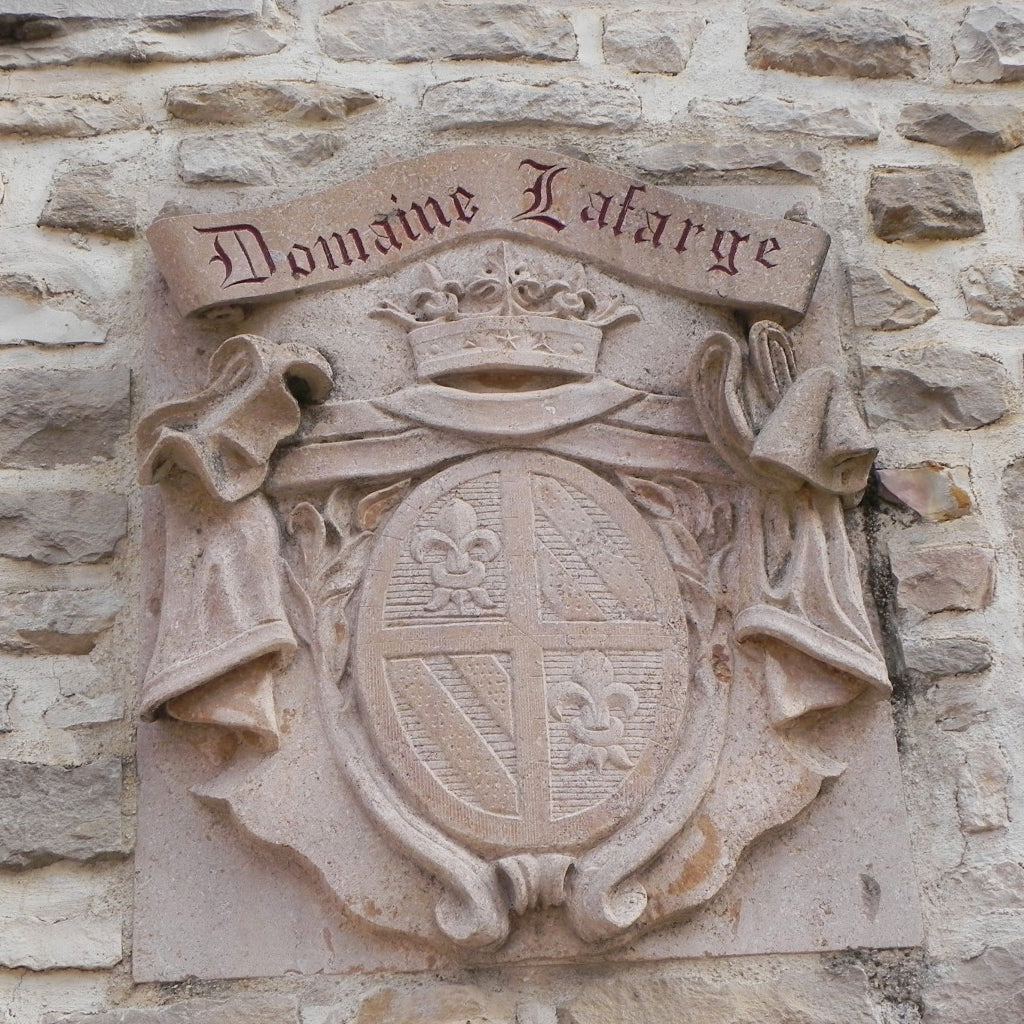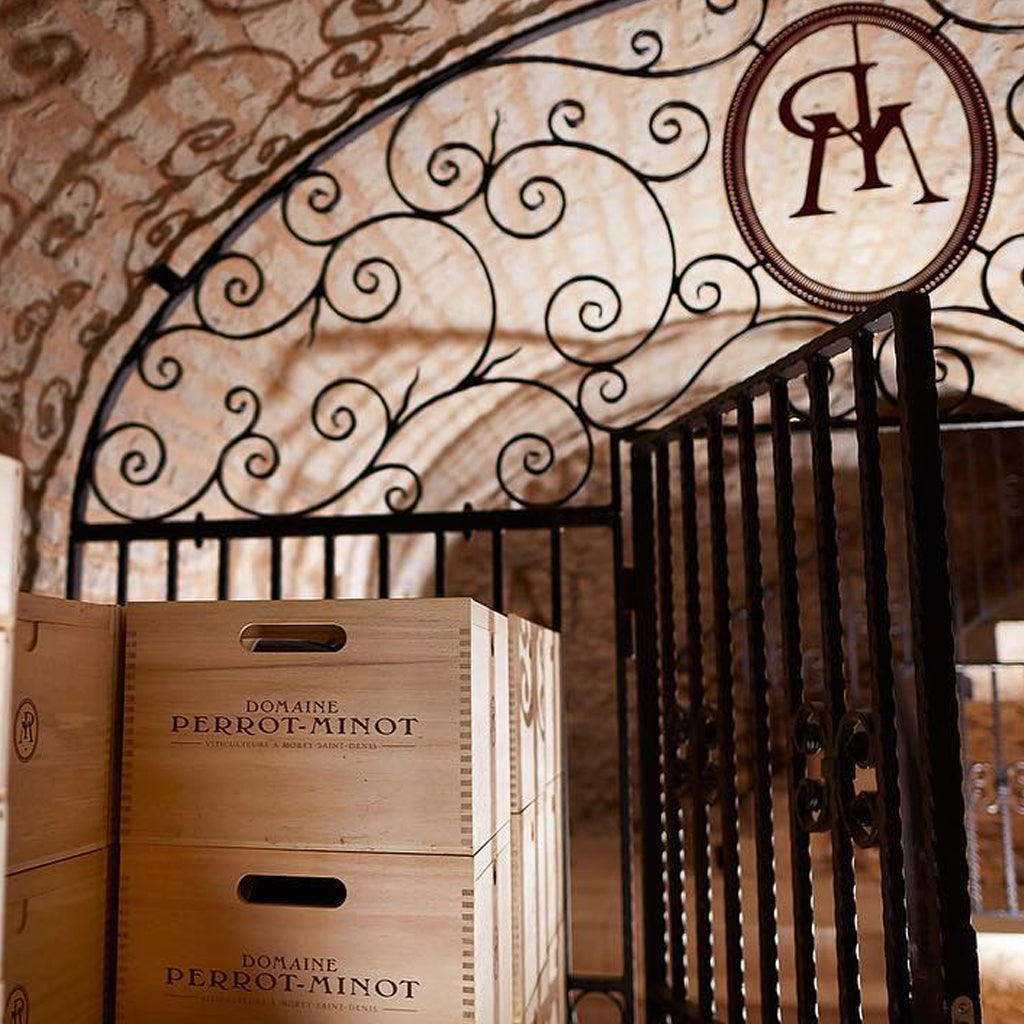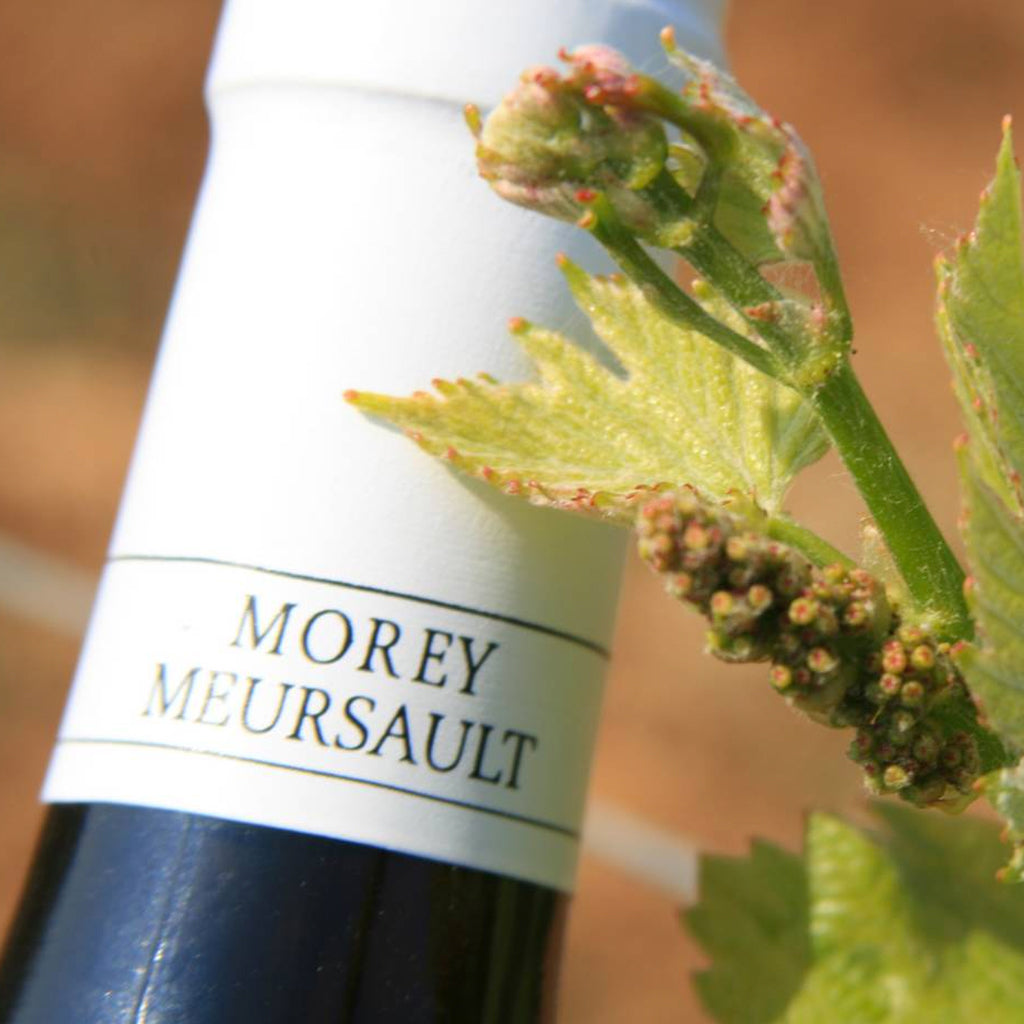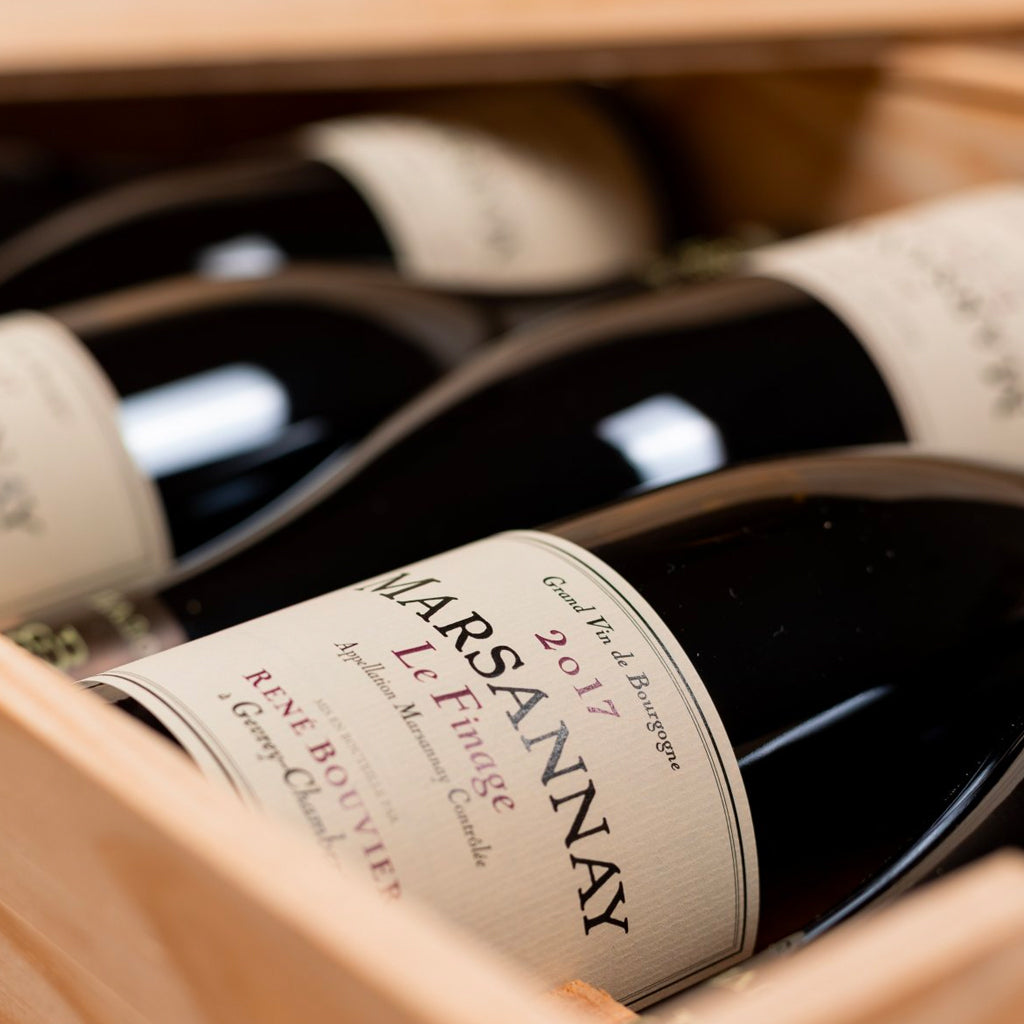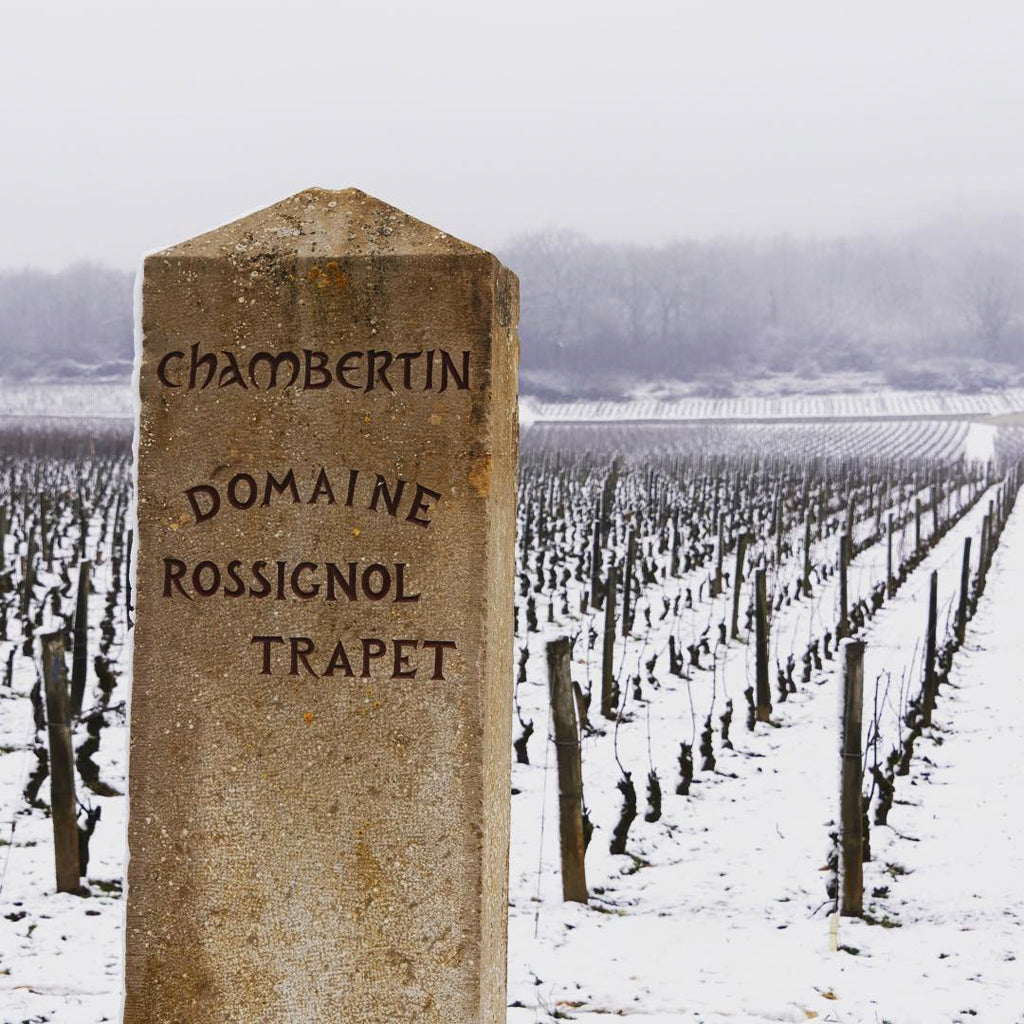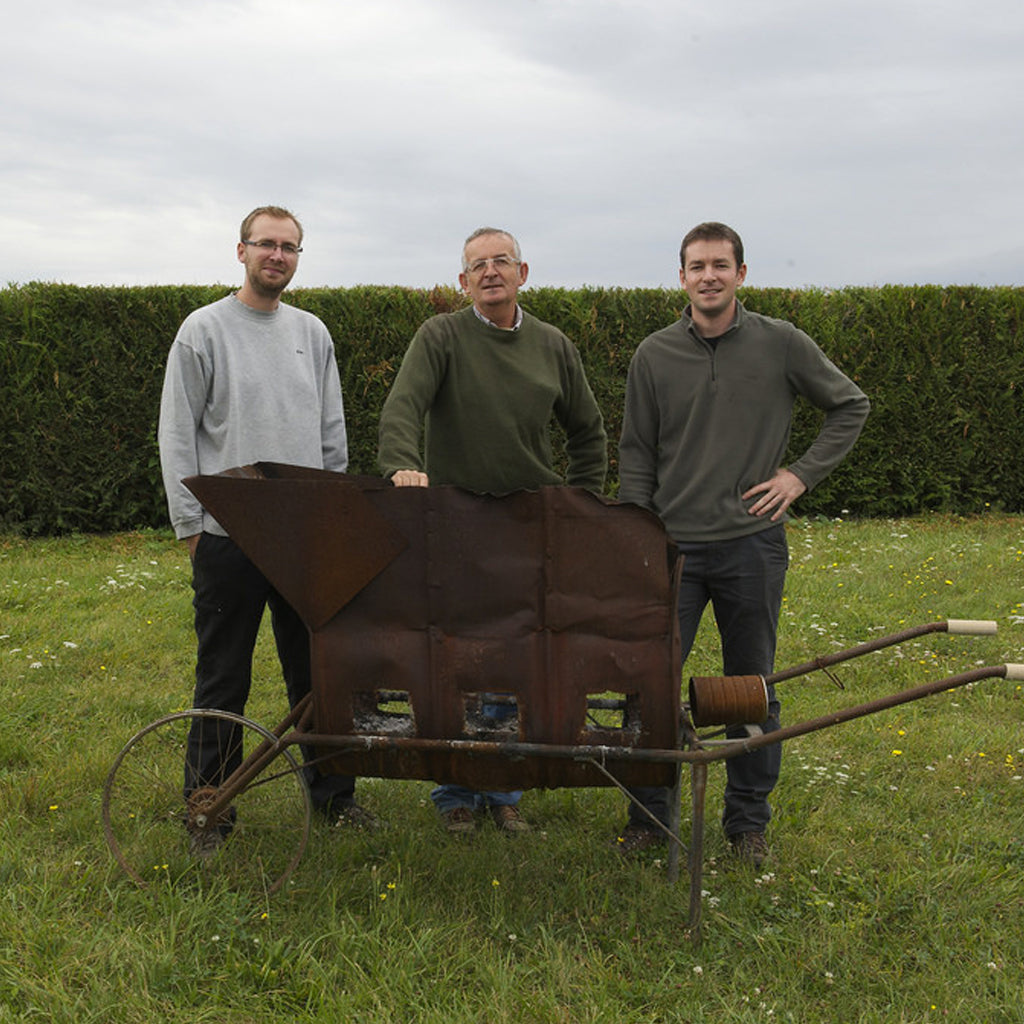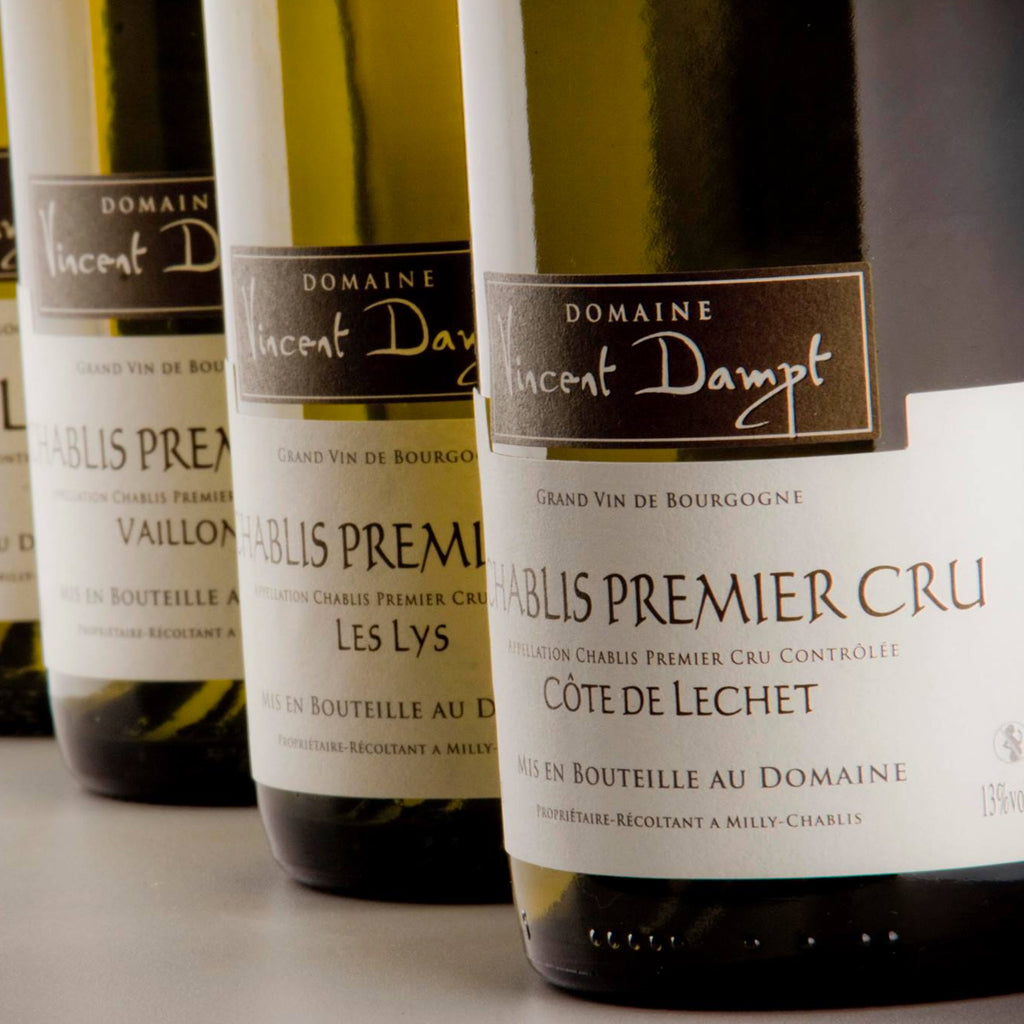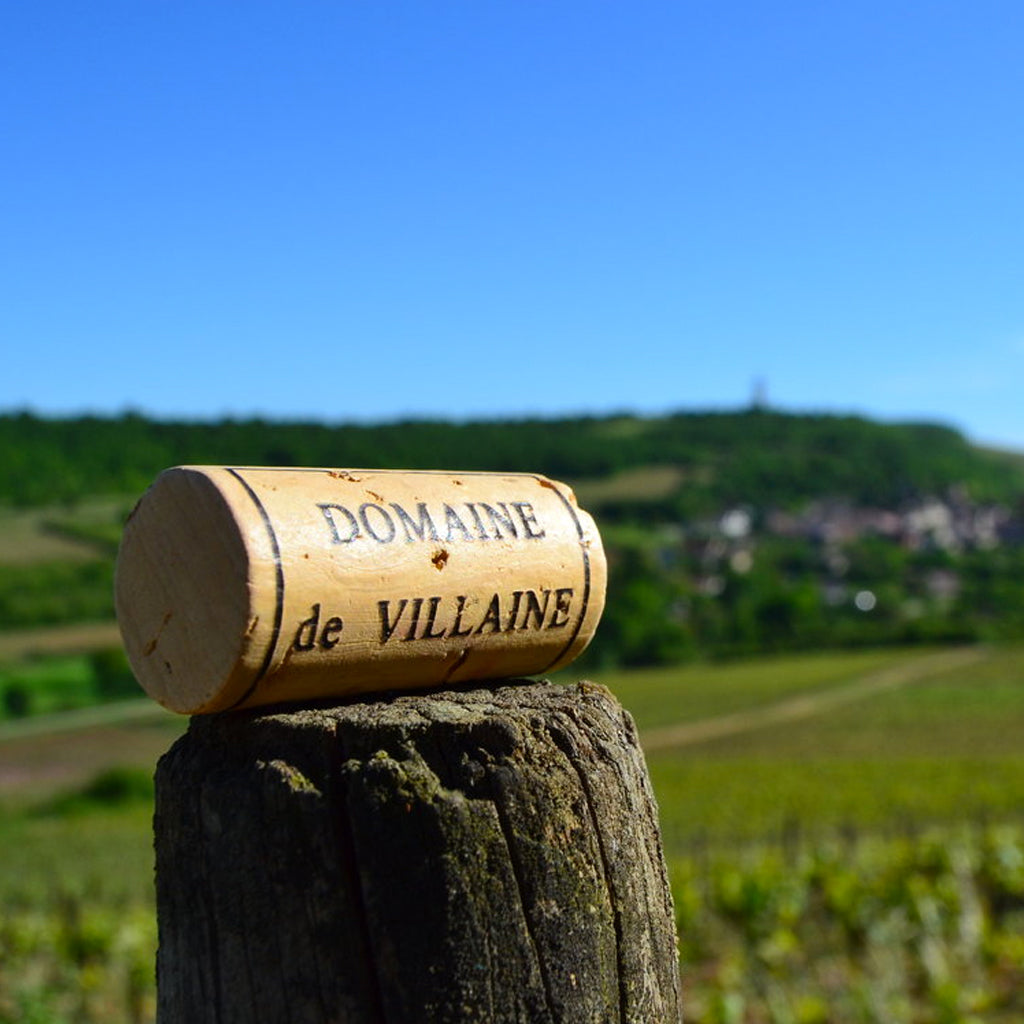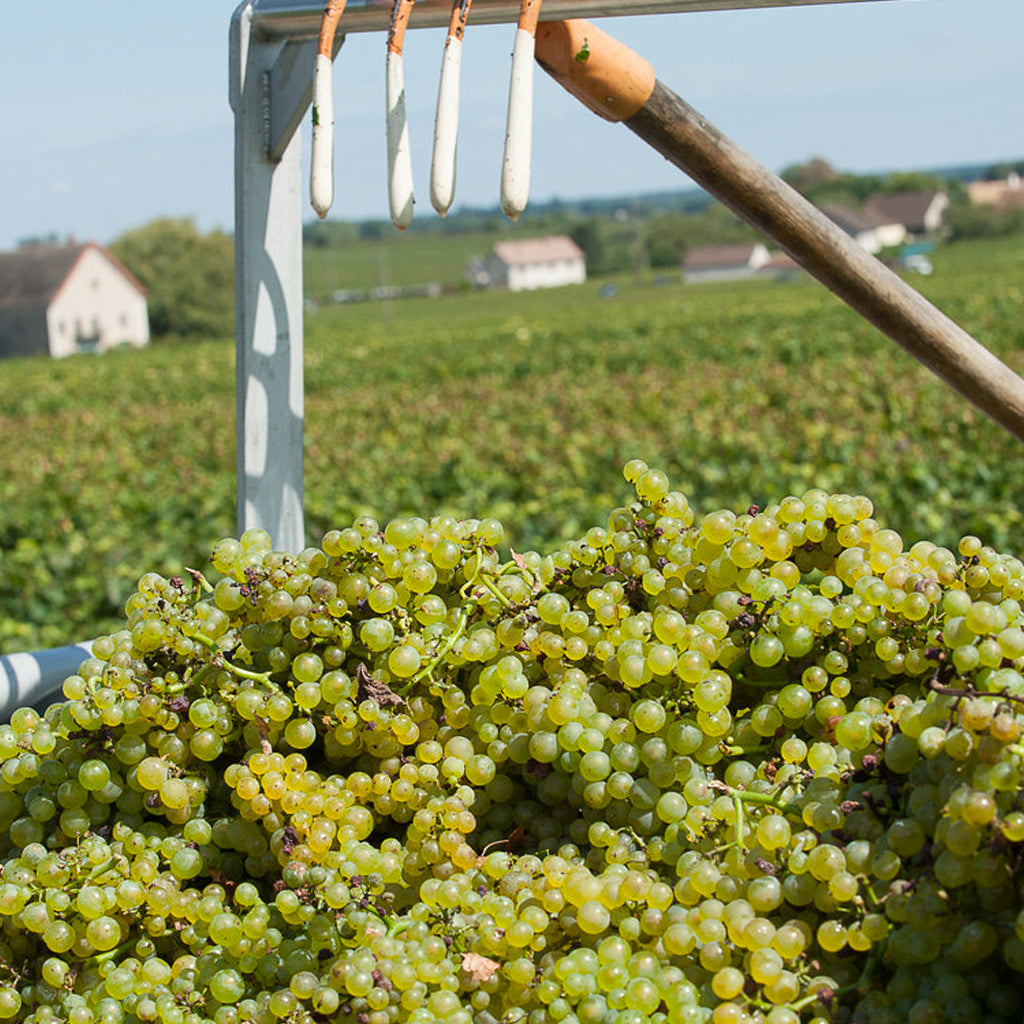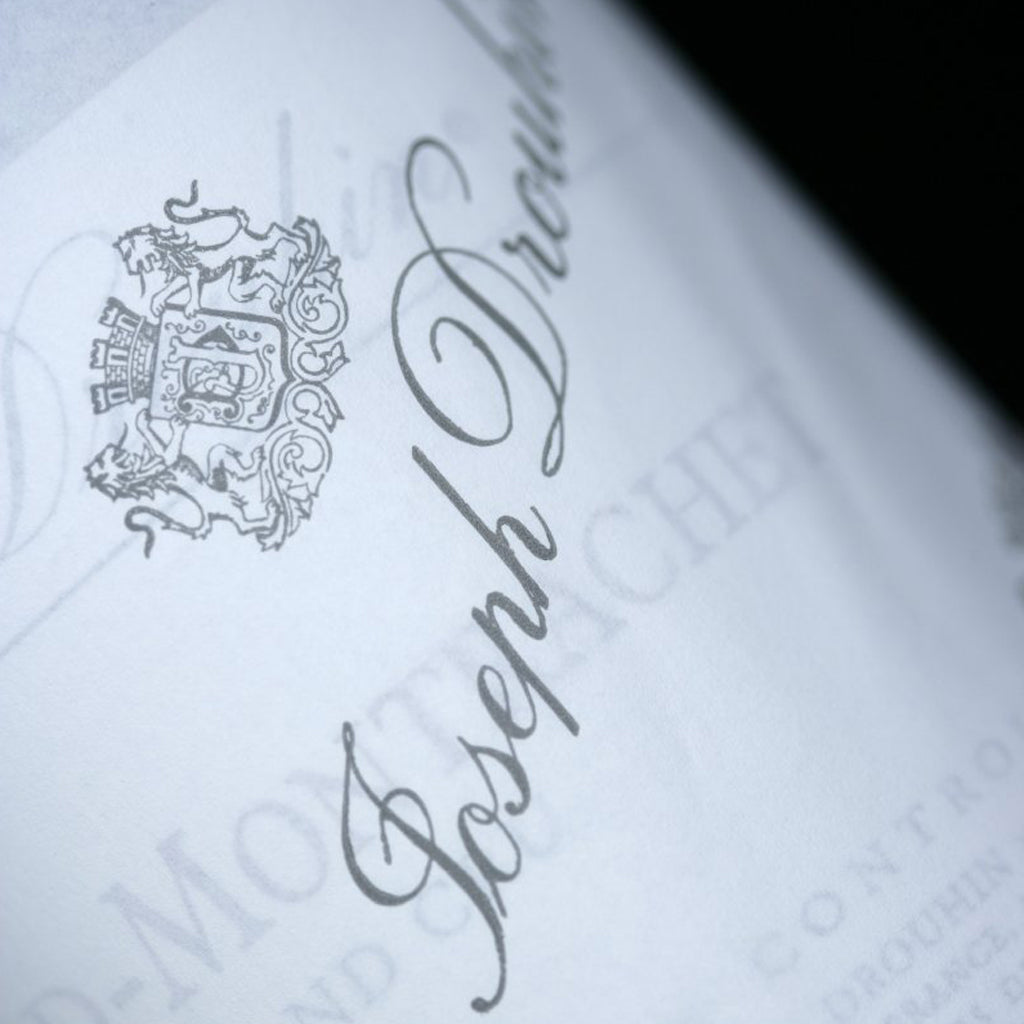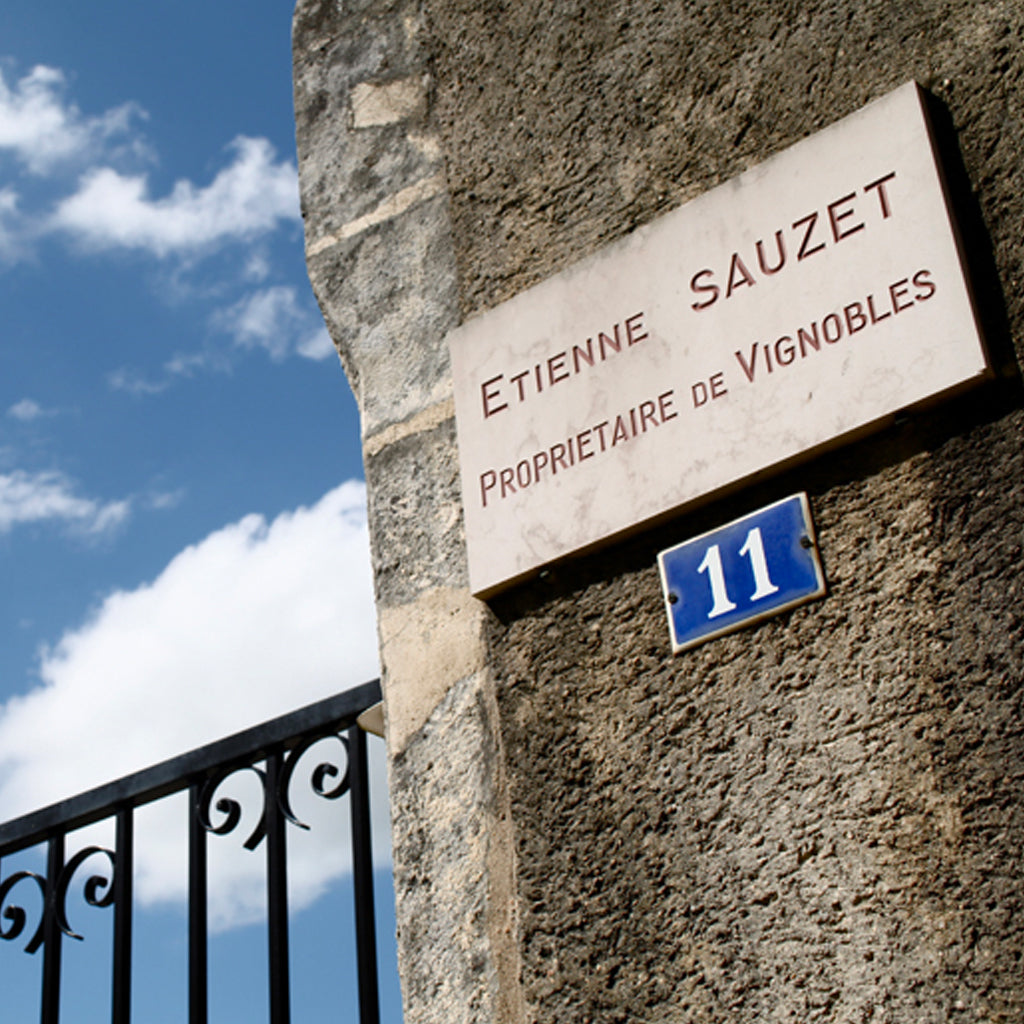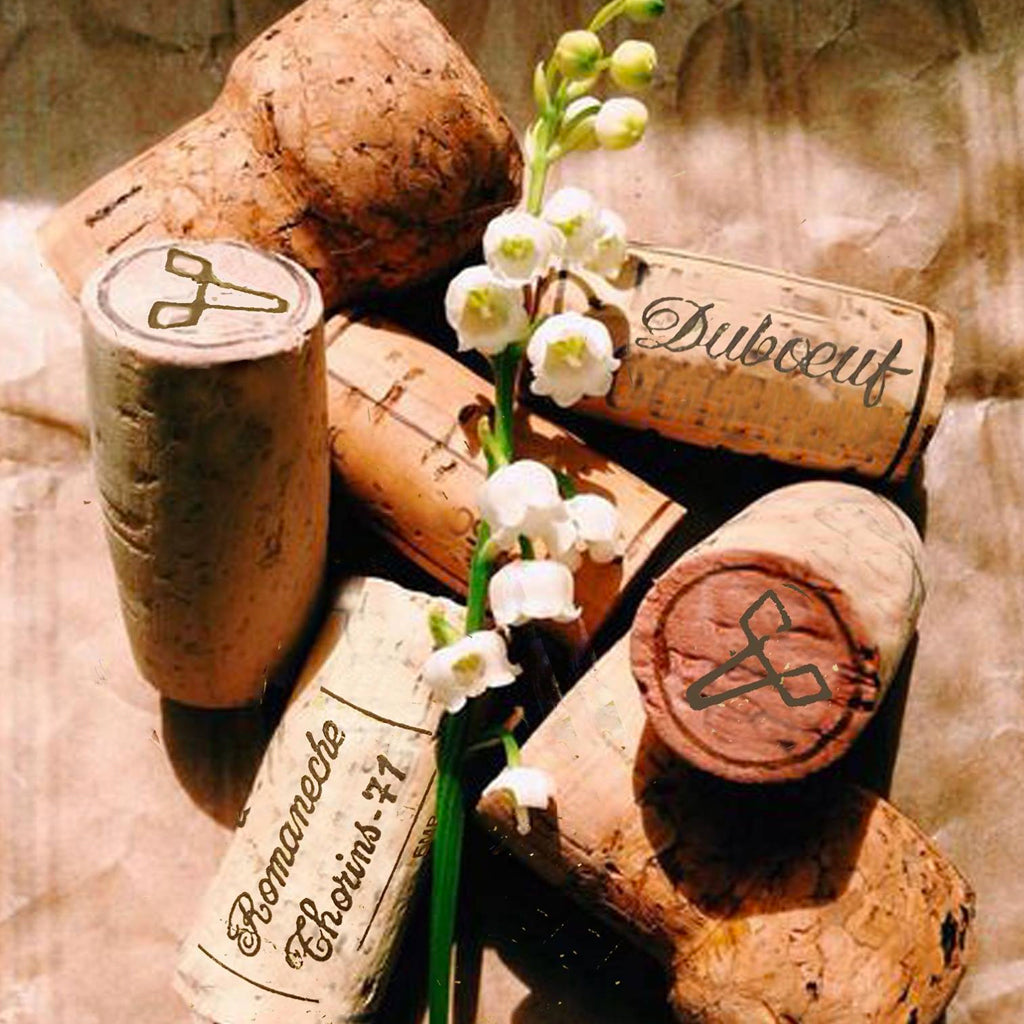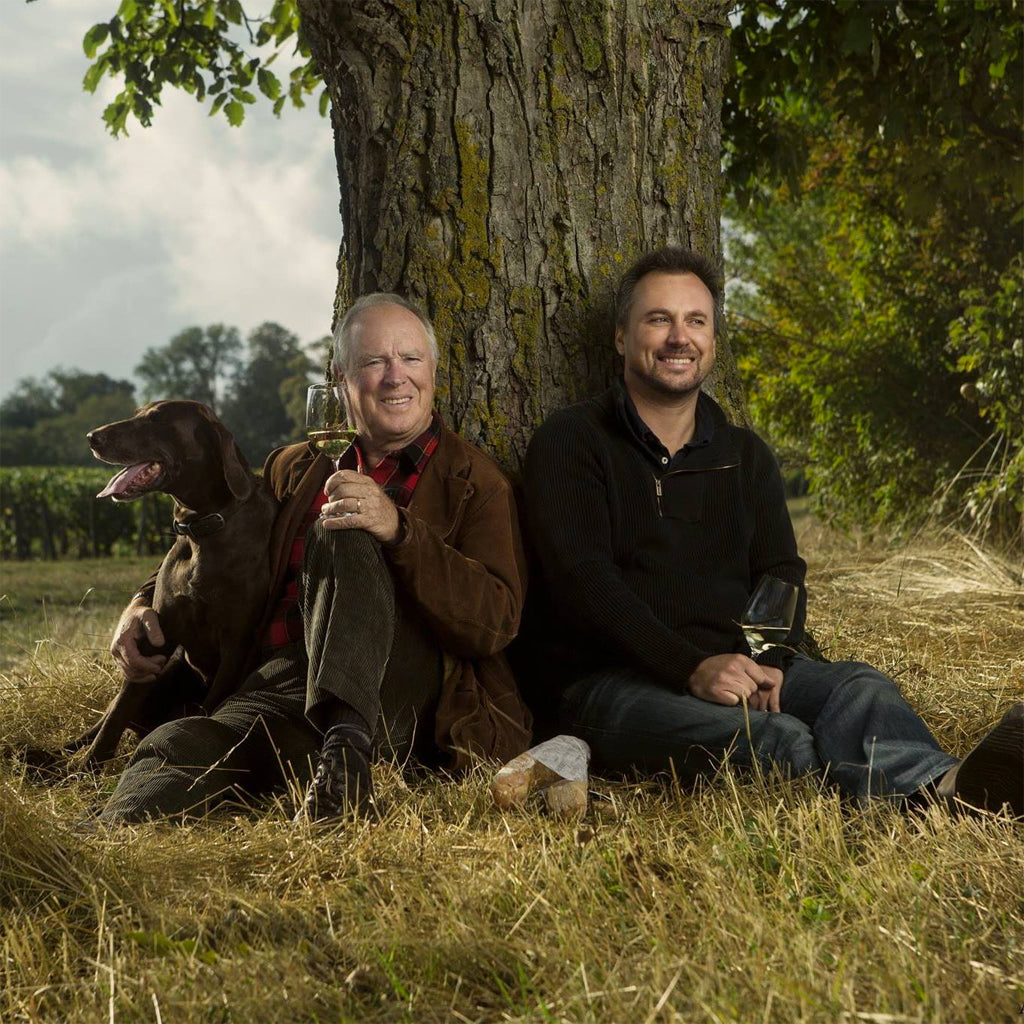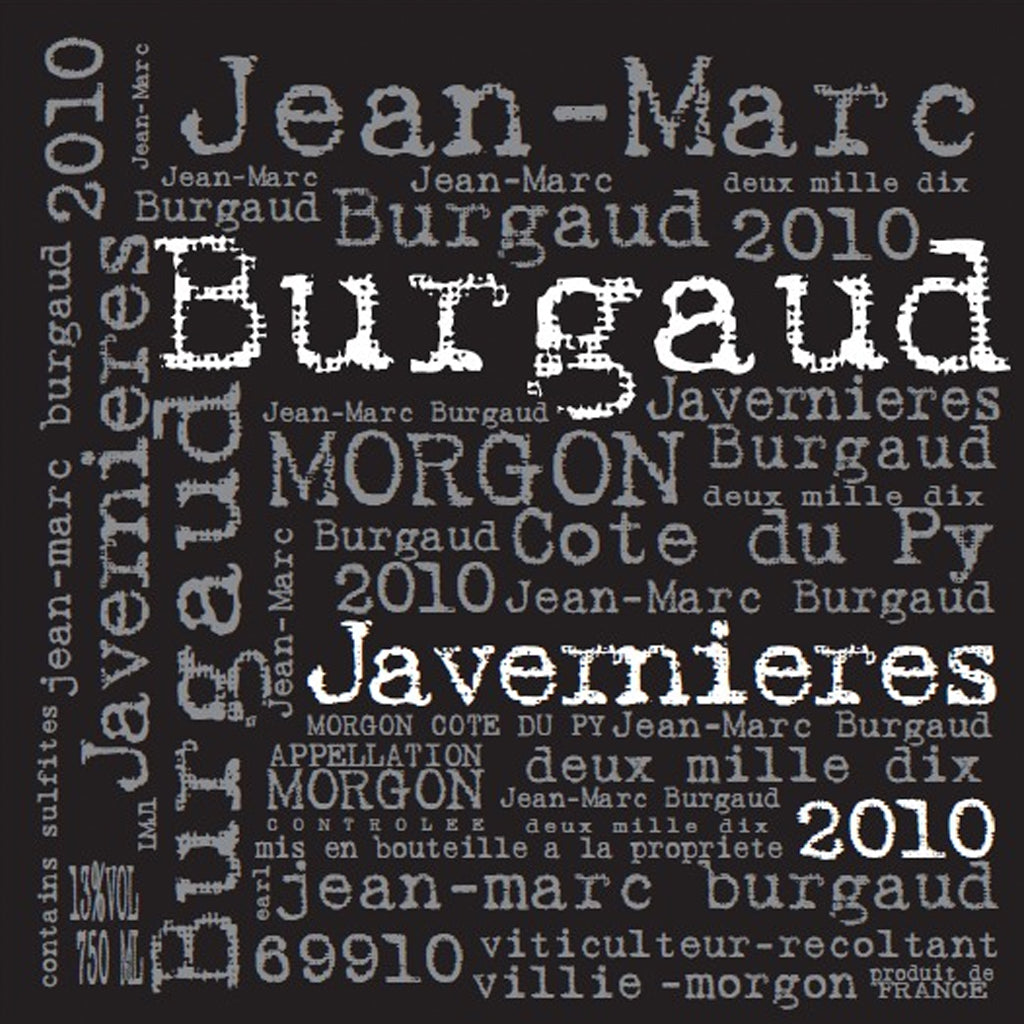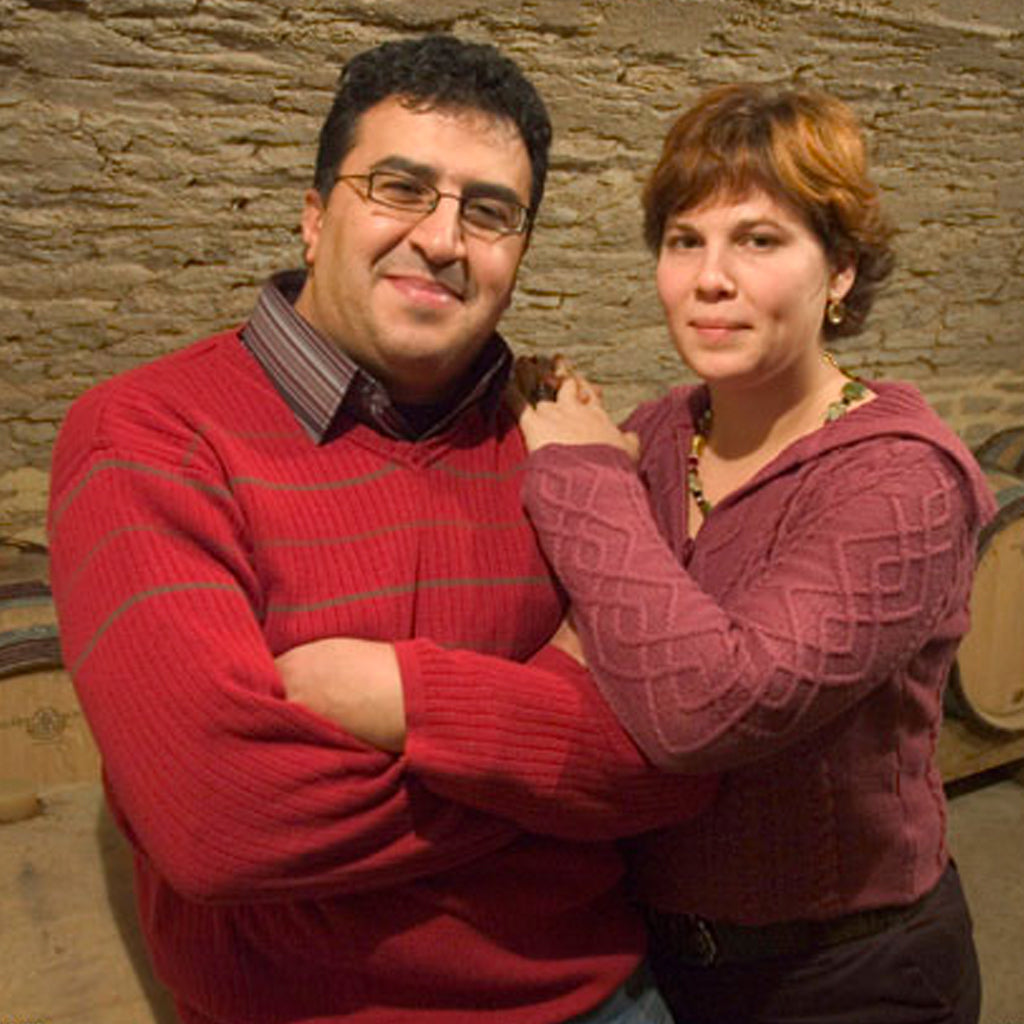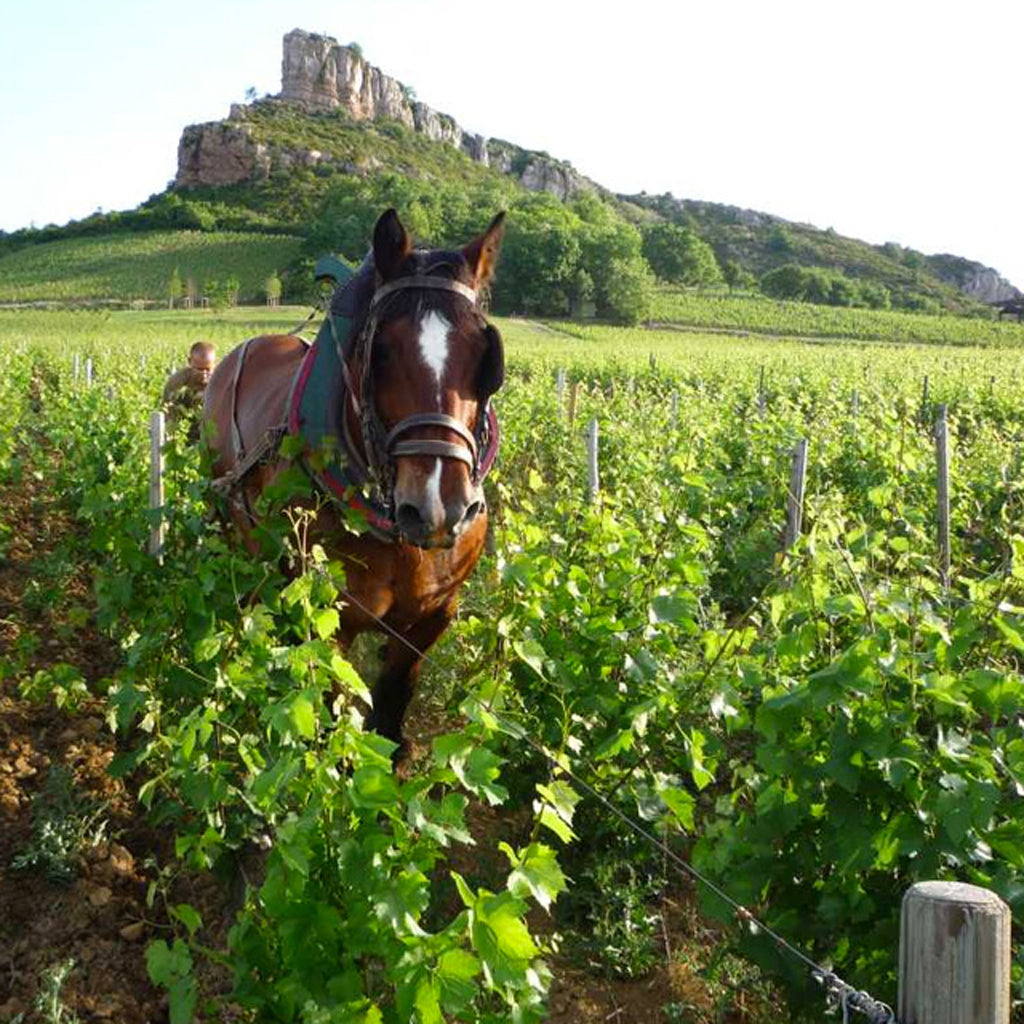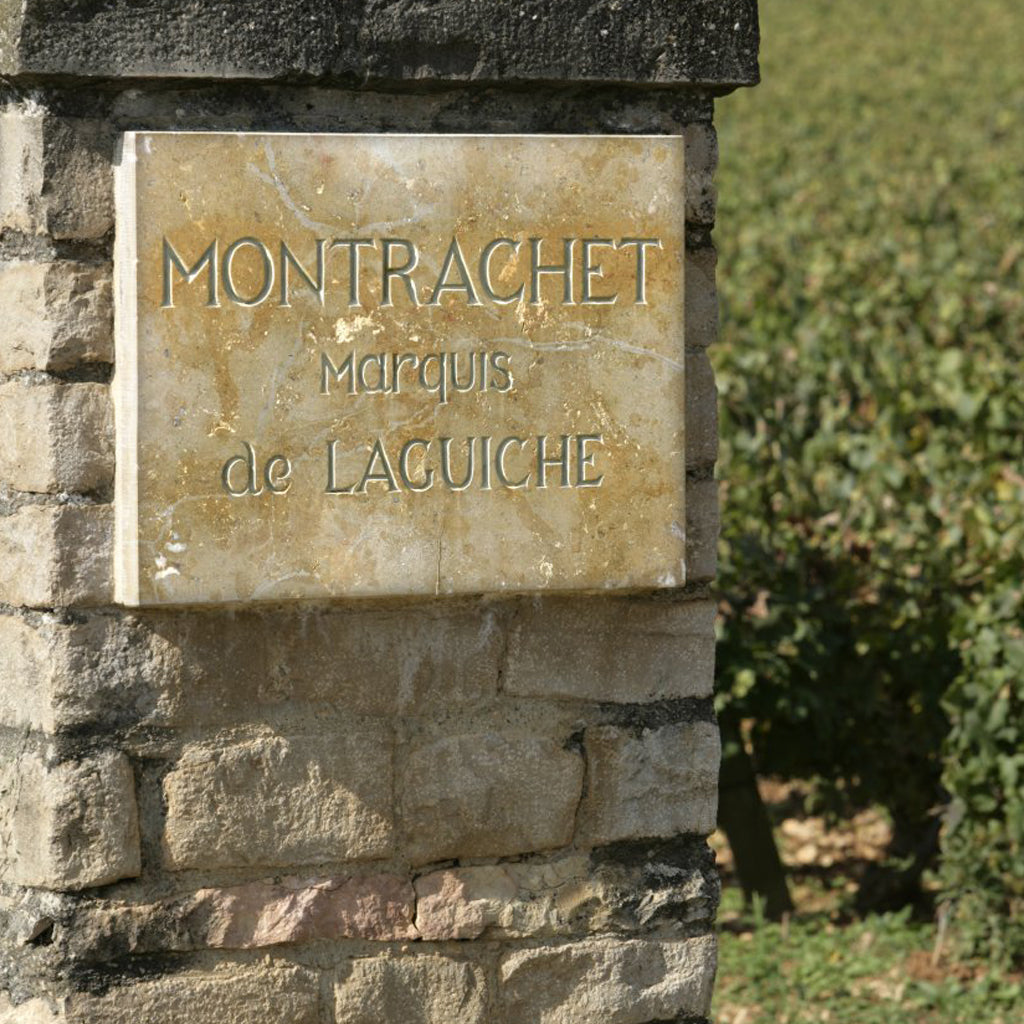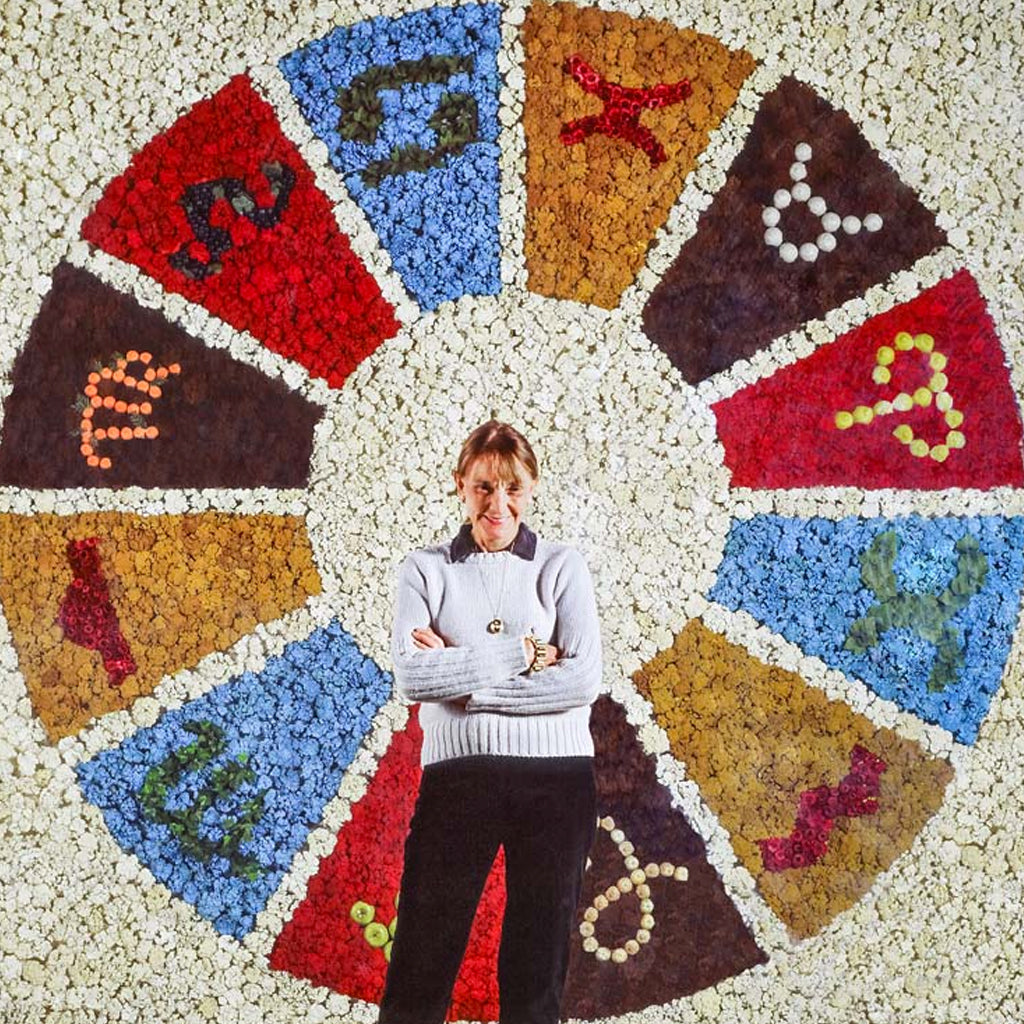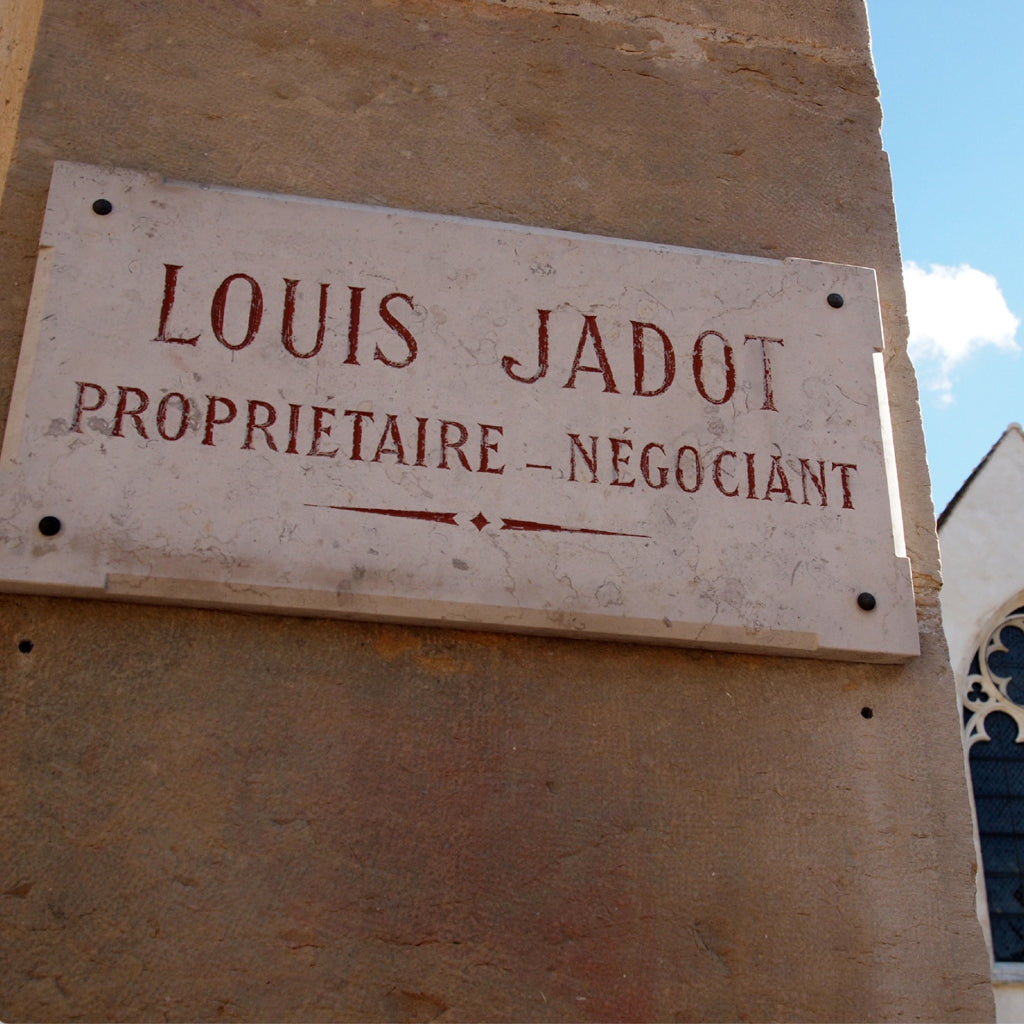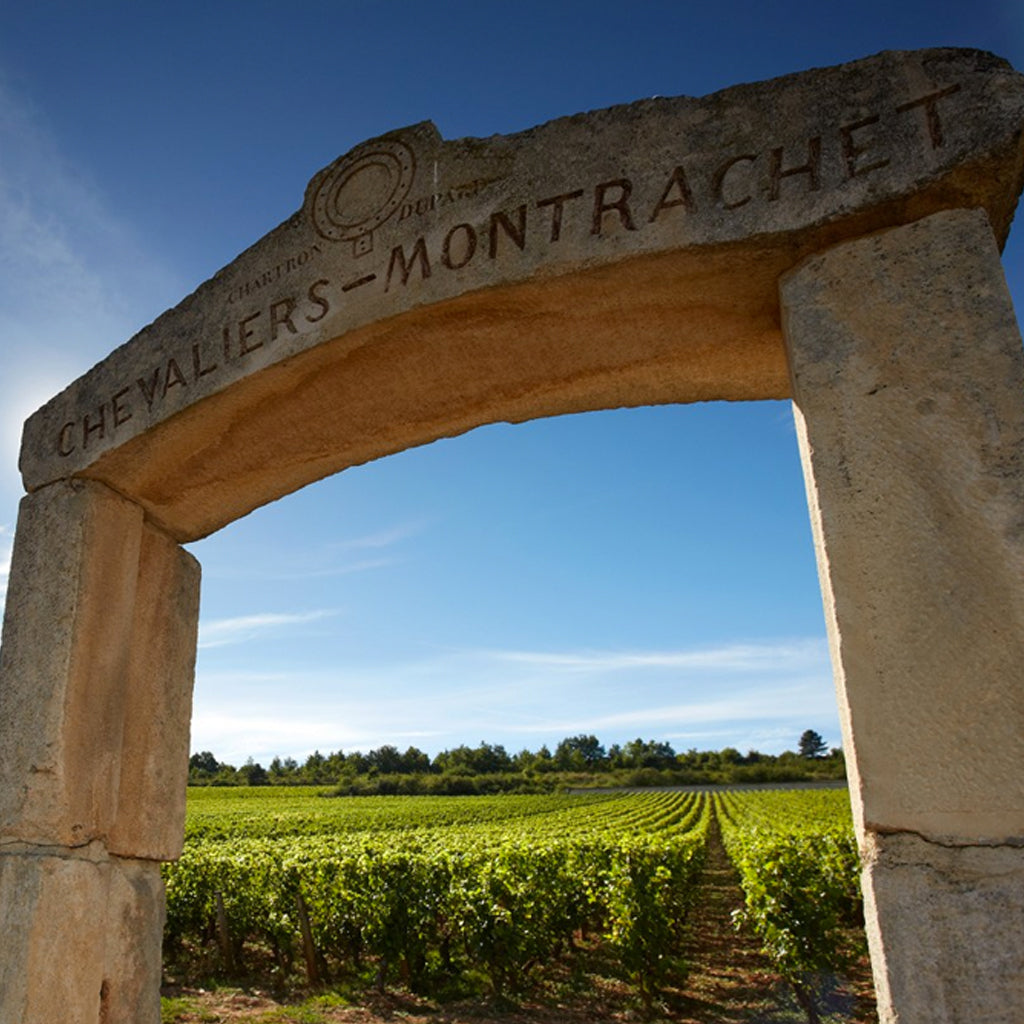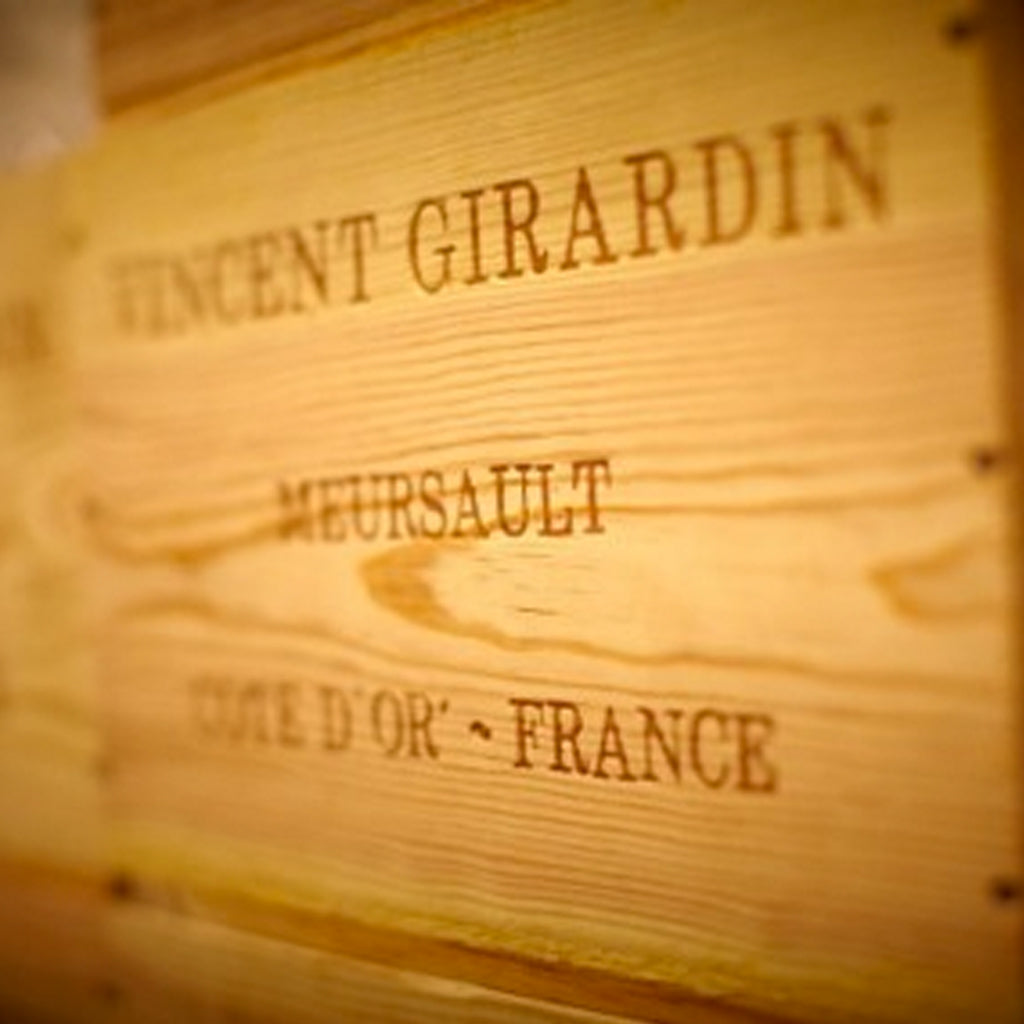France | Burgundy

Welcome to Burgundy (Bourgogne), the legendary French wine region that defines elegance, complexity and the ultimate expression of terroir. Unlike other regions that blend many varietals, Burgundy is intensely focused on primarily just two noble grapes: Pinot Noir for its profound reds and Chardonnay for its world-class whites. This focus allows the region's diverse soils - from limestone to clay - to truly shine, giving every bottle a unique voice.
Burgundy provides a multitude of different appellations and vineyards split between numerous individual owners, each with varying degrees of competence and experience. Thus buying and enjoying Burgundy can appear to be a complex and exasperating process for wine consumers. However, for fervent admirers of Chardonnay and Pinot Noir, this slender thirty mile-long strip of vines is the centre of the universe. It is the pinnacle of interaction between man and terroir: a complex sequence of soils and slopes, auspiciously oriented east and southeast, observed and mapped over centuries.
The demarcation of the thirty-one grands crus, 560-odd premiers crus and numerous village lieu-dit vineyards is one of the towering achievements within wine culture. With a new generation of widely travelled, inquiring sons and daughters taking on winemaking duties, and typically only one duff vintage a decade, finer burgundy is being produced now, more than ever before.
Whilst Pinot Noir is the noble red wine grape variety that is grown throughout the region (with the exception of Beaujolais, where it is the Gamay grape that thrives) and whilst well-made good value red wines can be found in the Côte Chalonnaise (Mercurey & Givry), the greatest red wines of Burgundy are to be found in the districts of the Côte d’Or.
Red Burgundy: The Essence of Pinot Noir
Discover why Burgundy is the uncontested benchmark for Pinot Noir. These are wines of subtle power, known for their delicate red fruit profile - notes of ripe cherry, raspberry, and cranberry - which evolve into intoxicating secondary aromas of earth, mushroom, and spice as they age.
The heart of Red Burgundy is the Côte d'Or (the Golden Slope), which splits into two distinct personalities:
Côte de Nuits: Located in the north, these wines (from villages like Gevrey-Chambertin and Nuits-Saint-Georges) are revered for their structure, depth, and age-worthiness. They are often the best candidates for investment.
Côte de Beaune: To the south, villages like Volnay and Pommard produce Red Burgundy known for their aromatic finesse and velvety, accessible texture.
Every bottle, from regional appellations to coveted Grand Cru bottlings, offers a genuine journey through one of France's most cherished viticultural landscapes.
White Burgundy: Chardonnay in its Purest Form
White Burgundy is simply the world's finest expression of the Chardonnay grape. Here, the wines range from the crisp and mineral-driven to the rich and opulent, covering every style imaginable.
Chablis: Situated in the north, these wines are made in a pure, unoaked style. Expect high acidity, intense minerality, and classic flinty or "oyster-shell" notes, making them perfect pairings for fresh seafood.
Côte de Beaune: This region is home to legendary villages like Meursault and Puligny-Montrachet, where the wines are often kissed by oak. They present a fuller body, complex notes of hazelnut, buttered toast, and ripe citrus, offering both depth and longevity.
Mâconnais: Located in the south, the wines of the Mâconnais (like Pouilly-Fuissé) offer exceptional quality and value, characterized by generous, ripe fruit and easy drinkability.
Aligoté is grown for making Bourgogne Aligoté and the production of sparkling wines, the quality of which has vastly improved in recent years and some very good wines are now being made using this variety.
Our Producers
Explore Wines
From£68.00
From£21.00
From£29.00
From£22.00
From£17.00
From£24.00
From£70.00
From£26.00
From£35.00
- ←
- →









